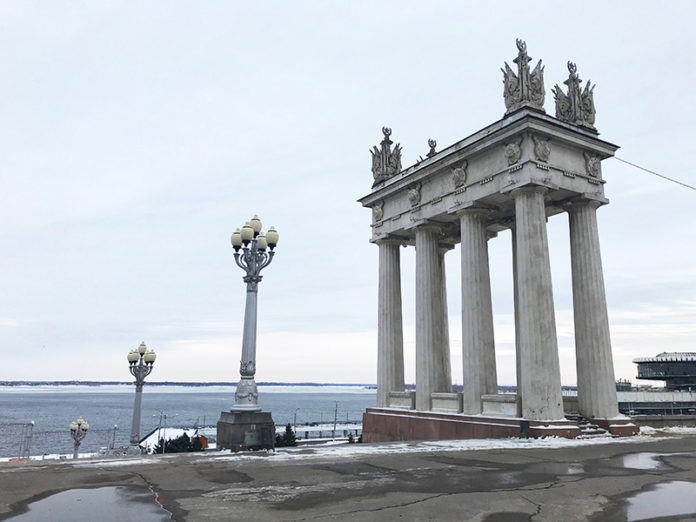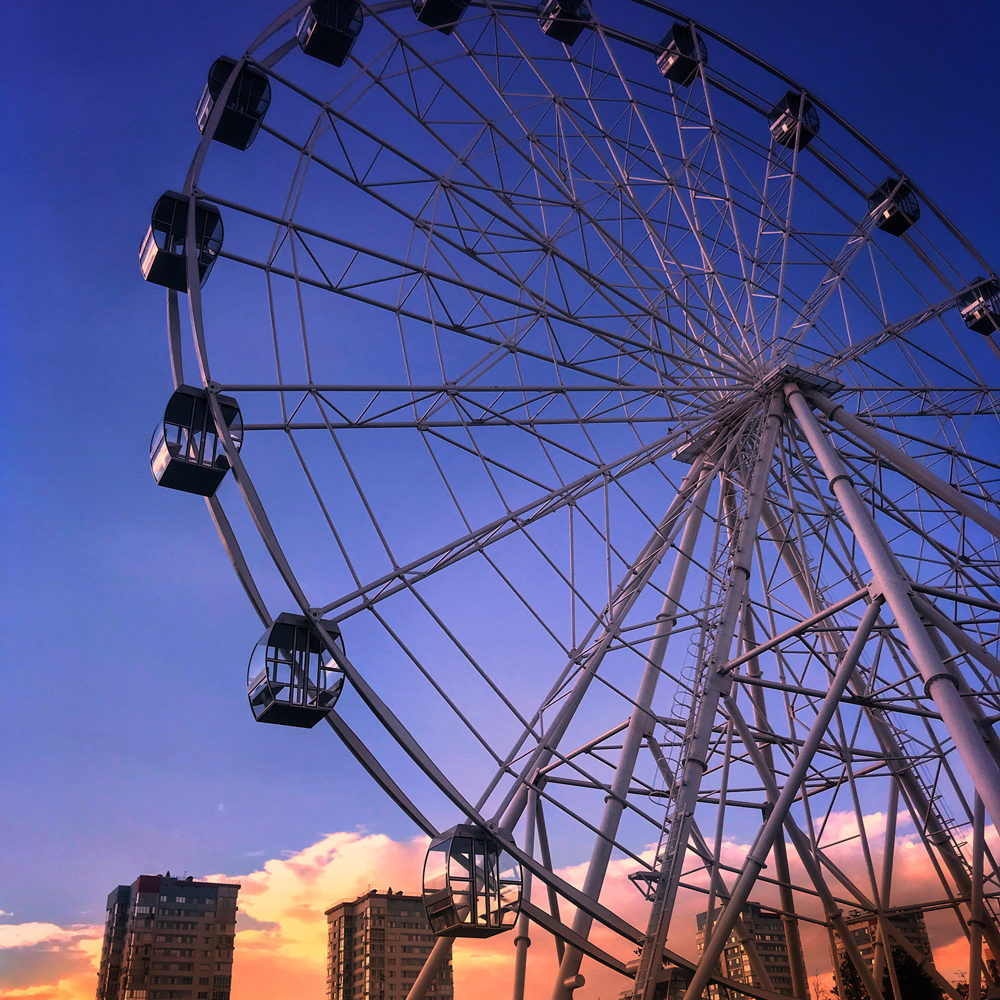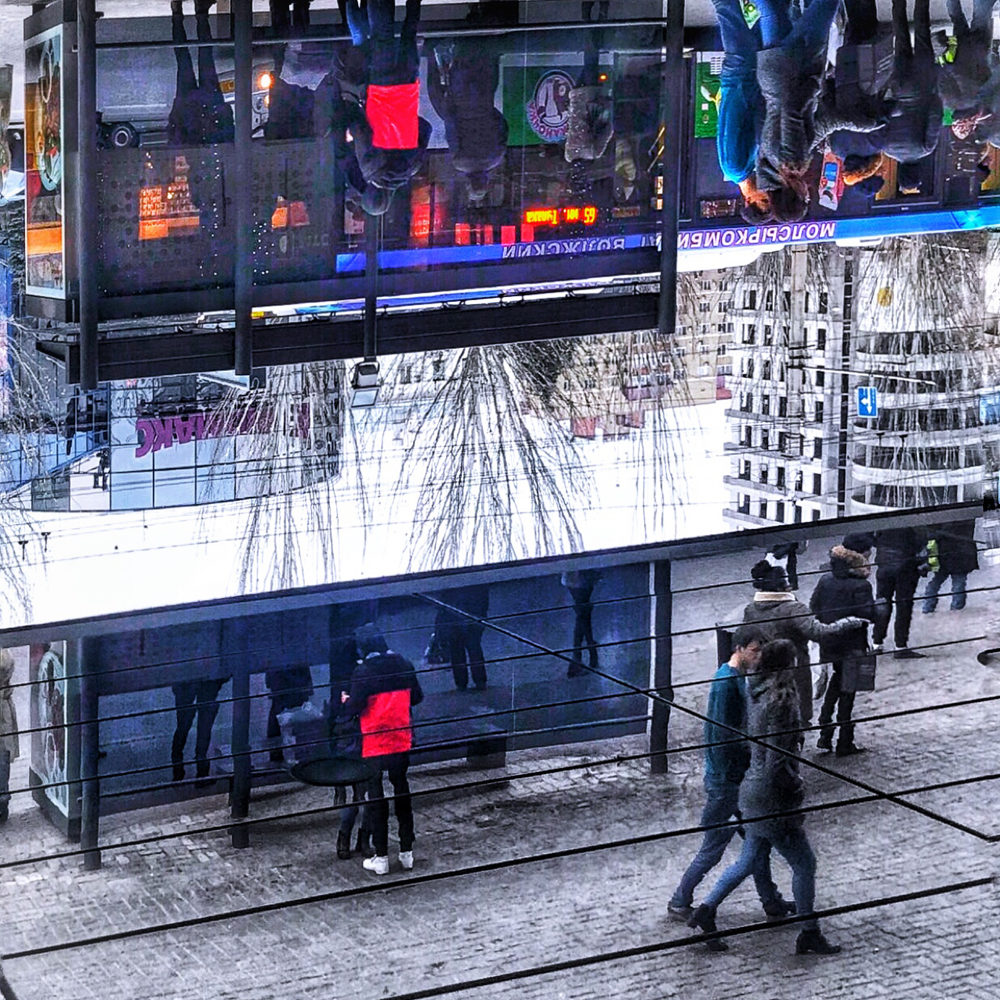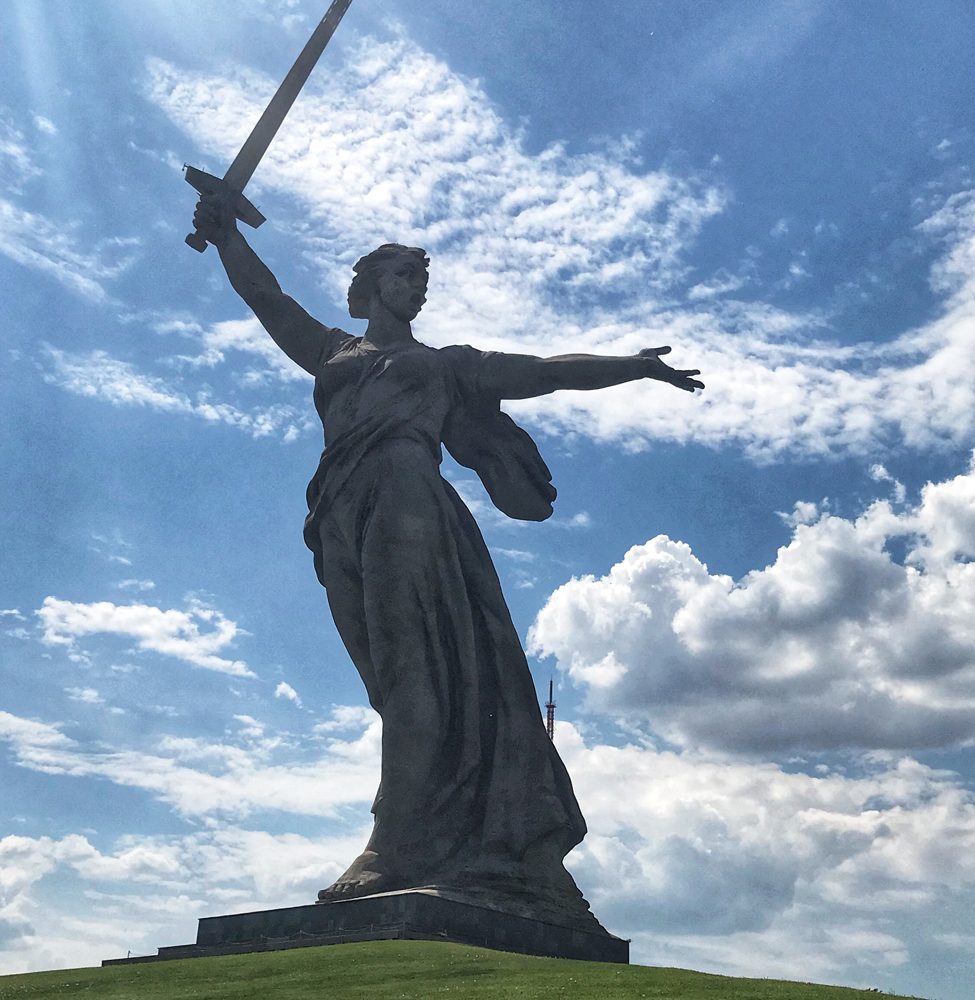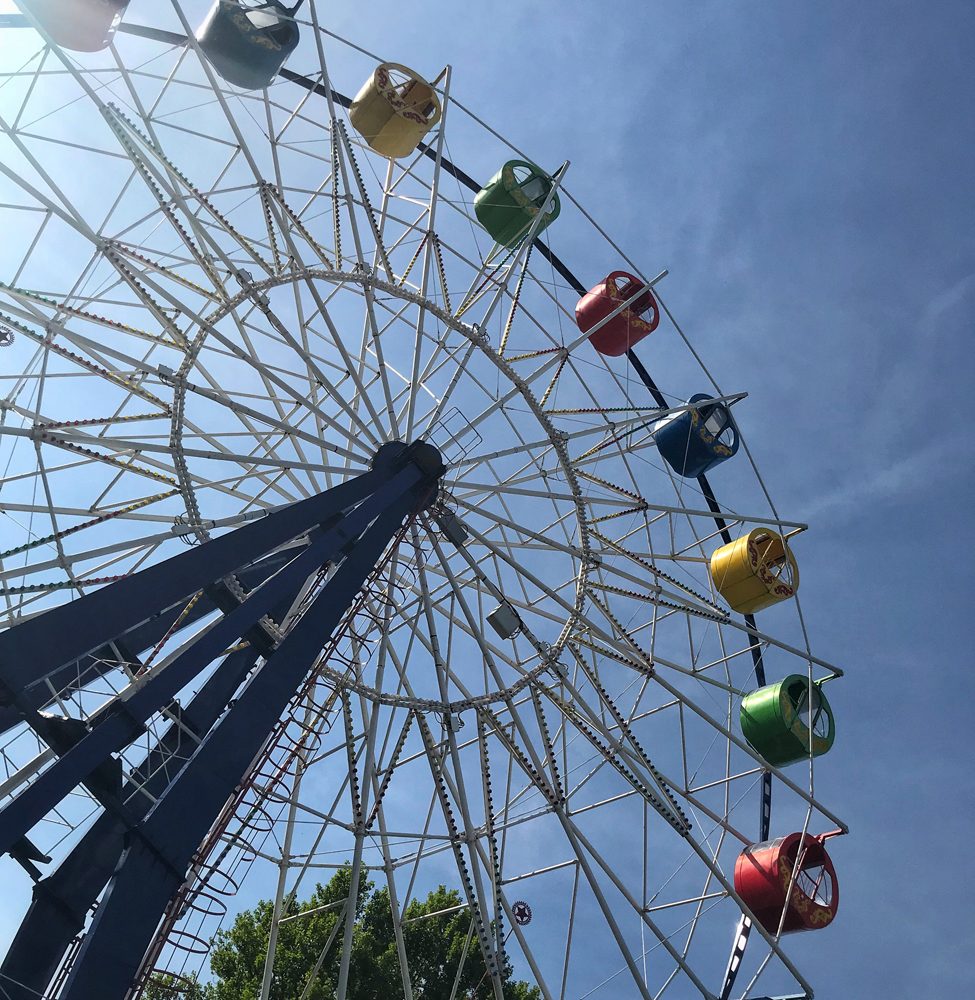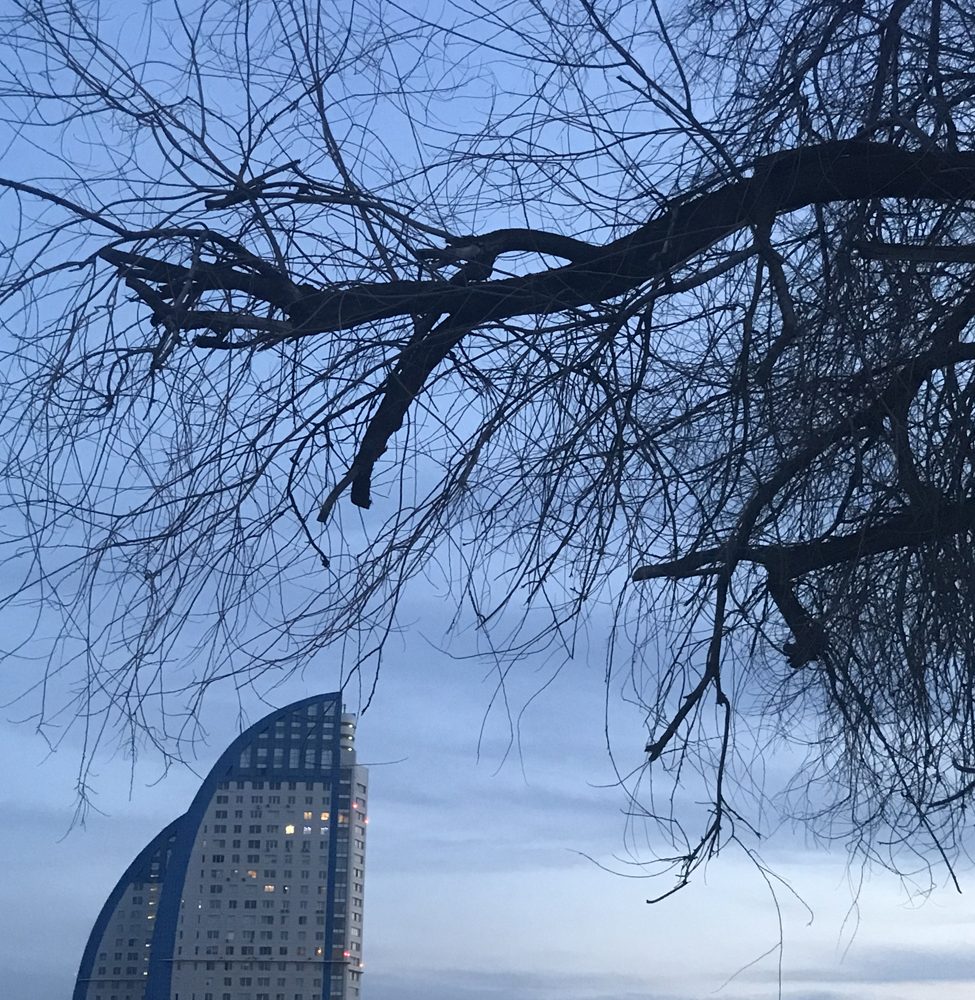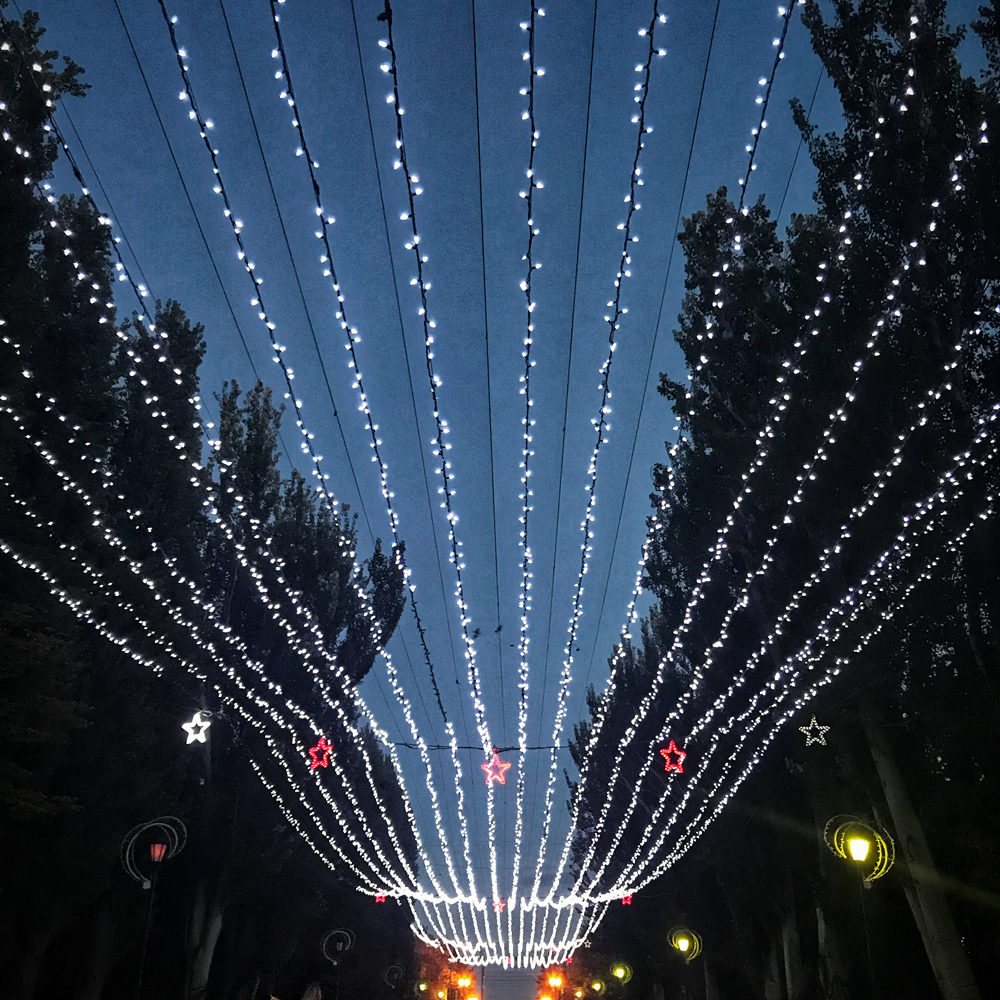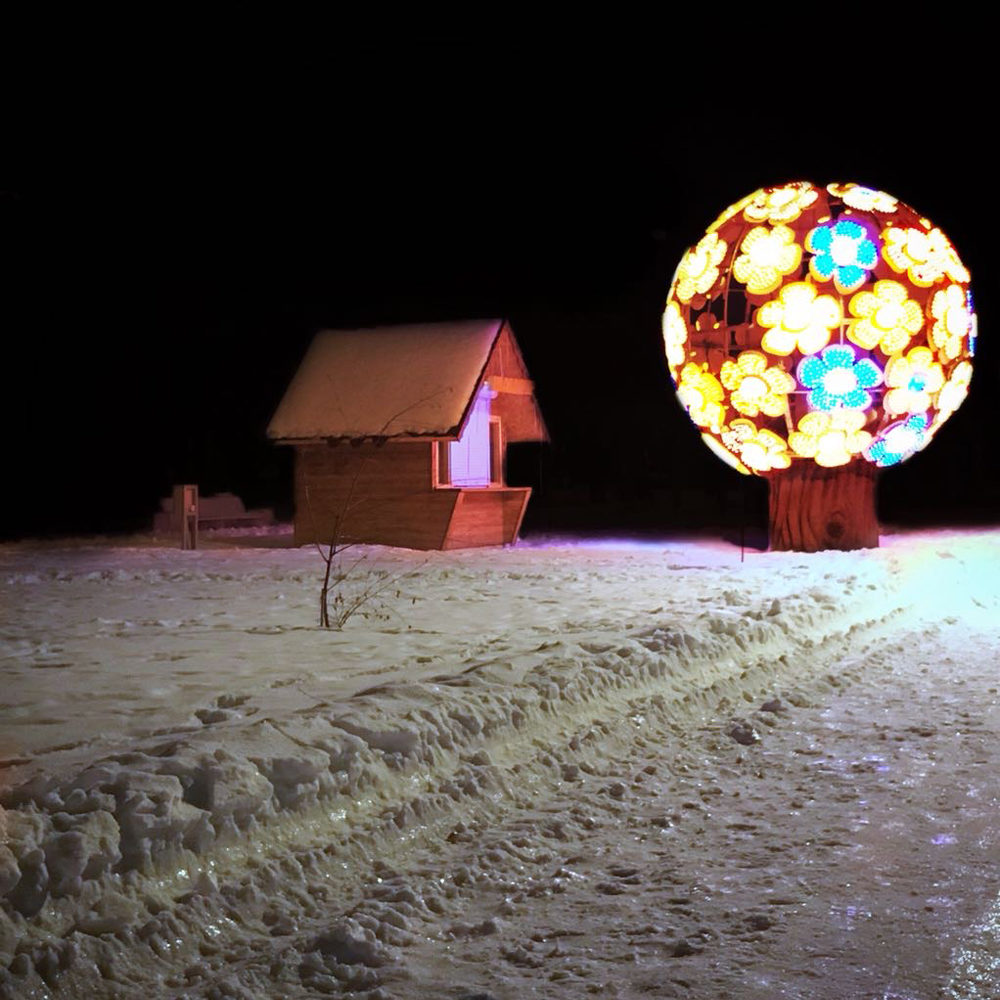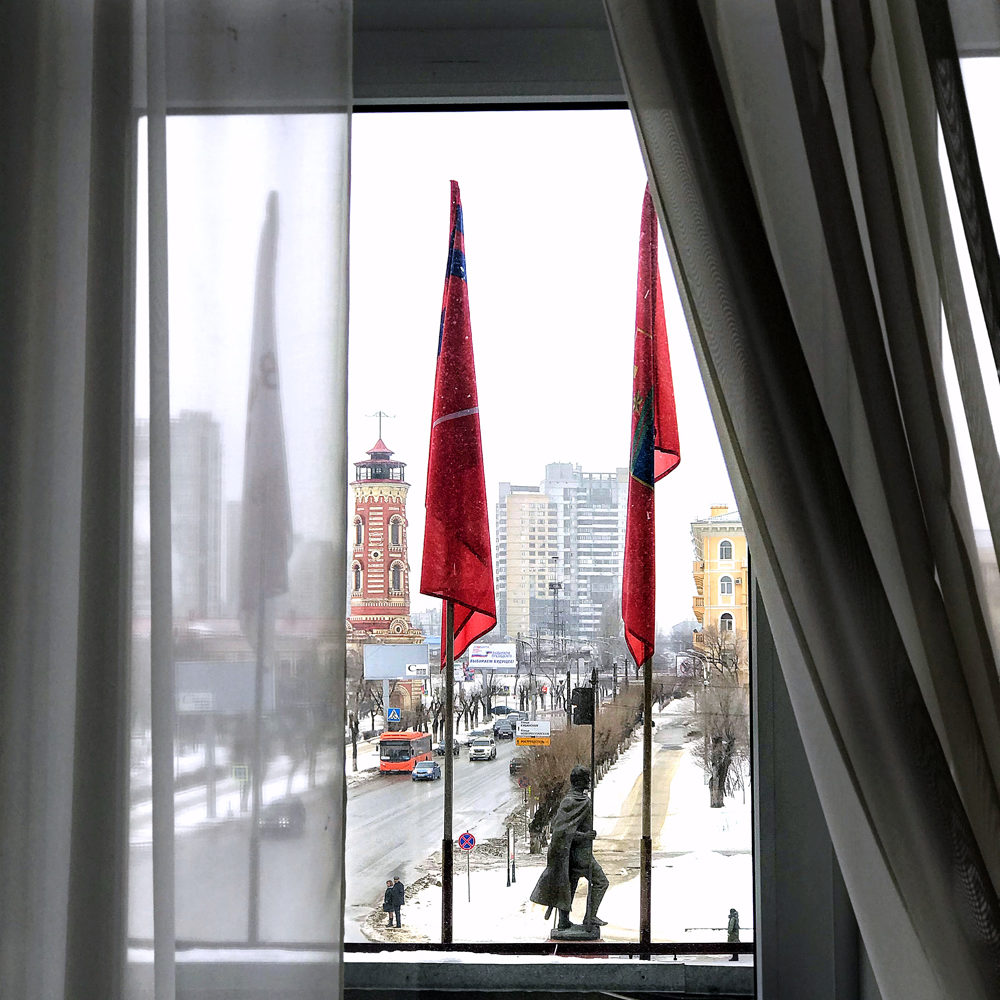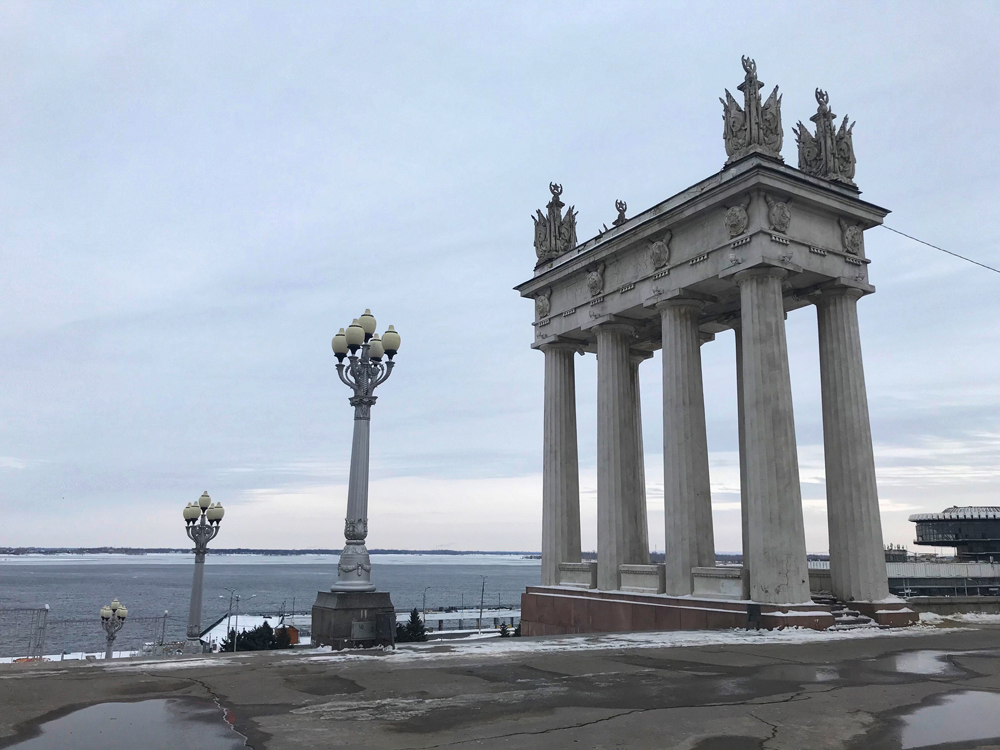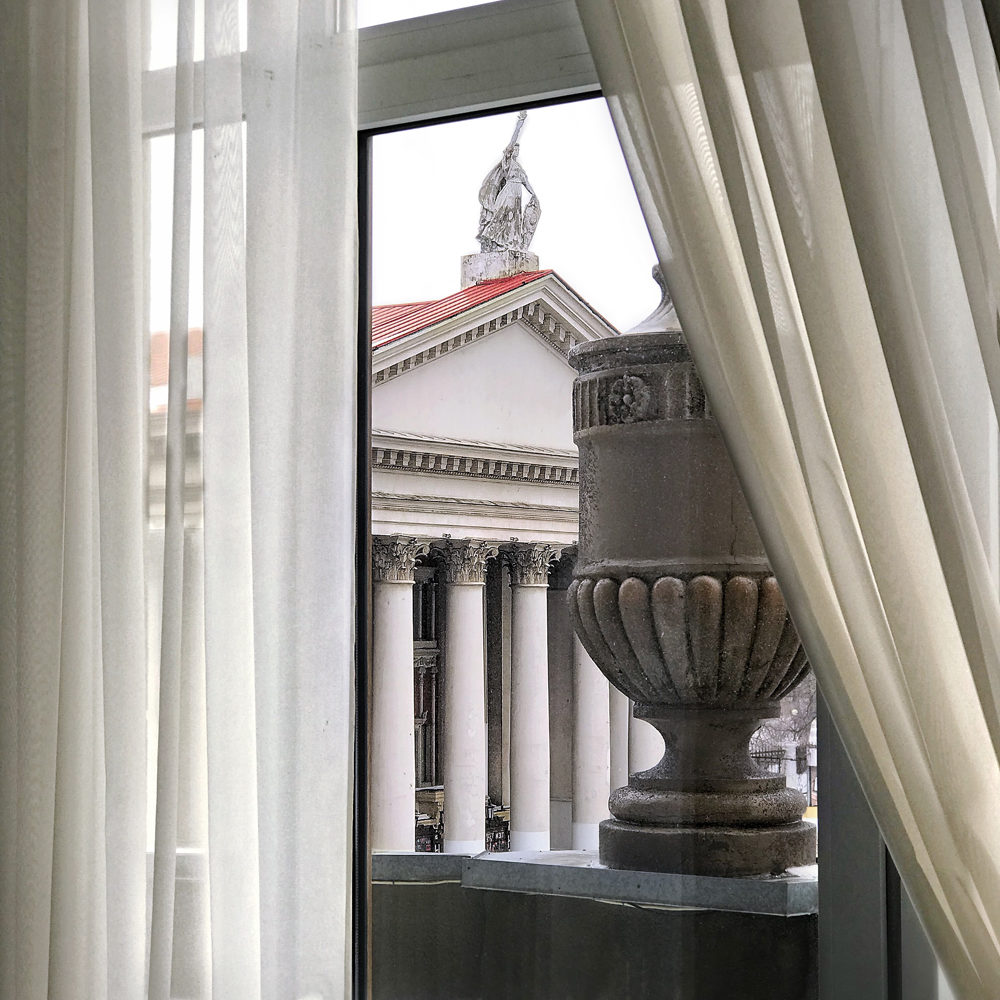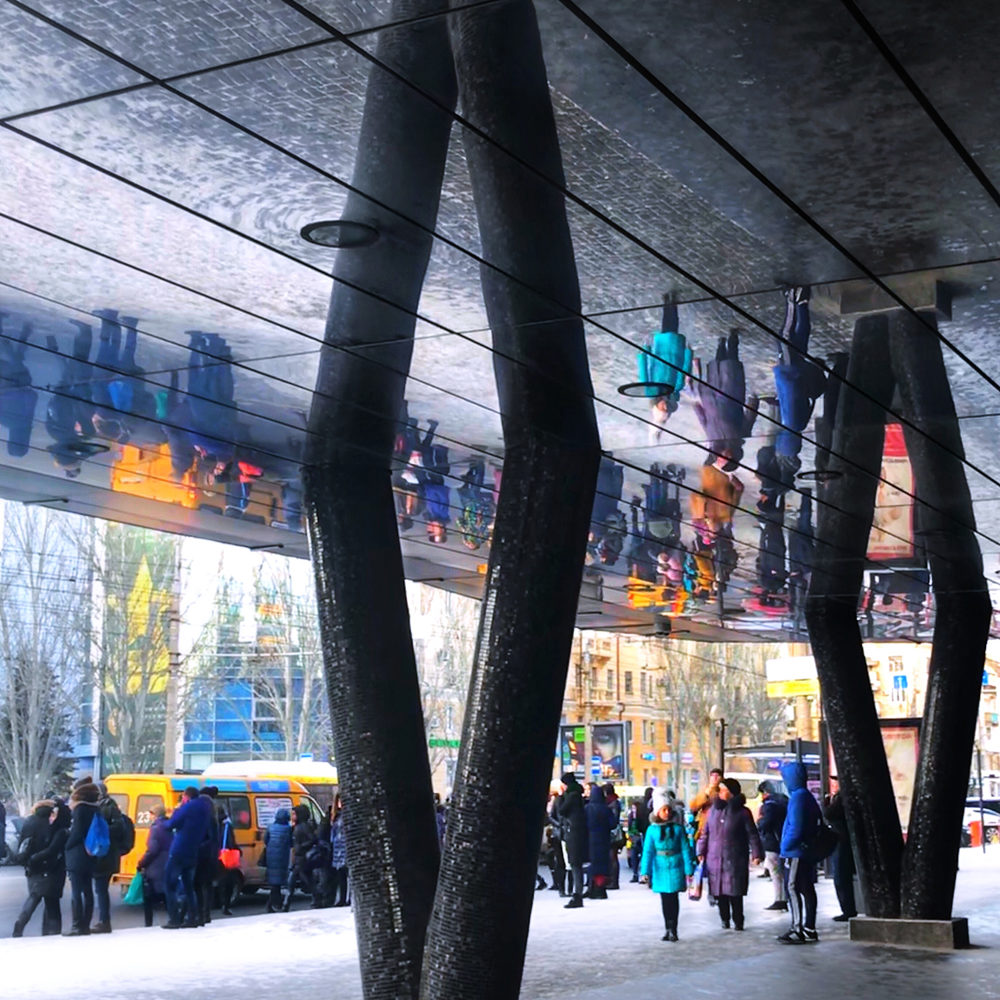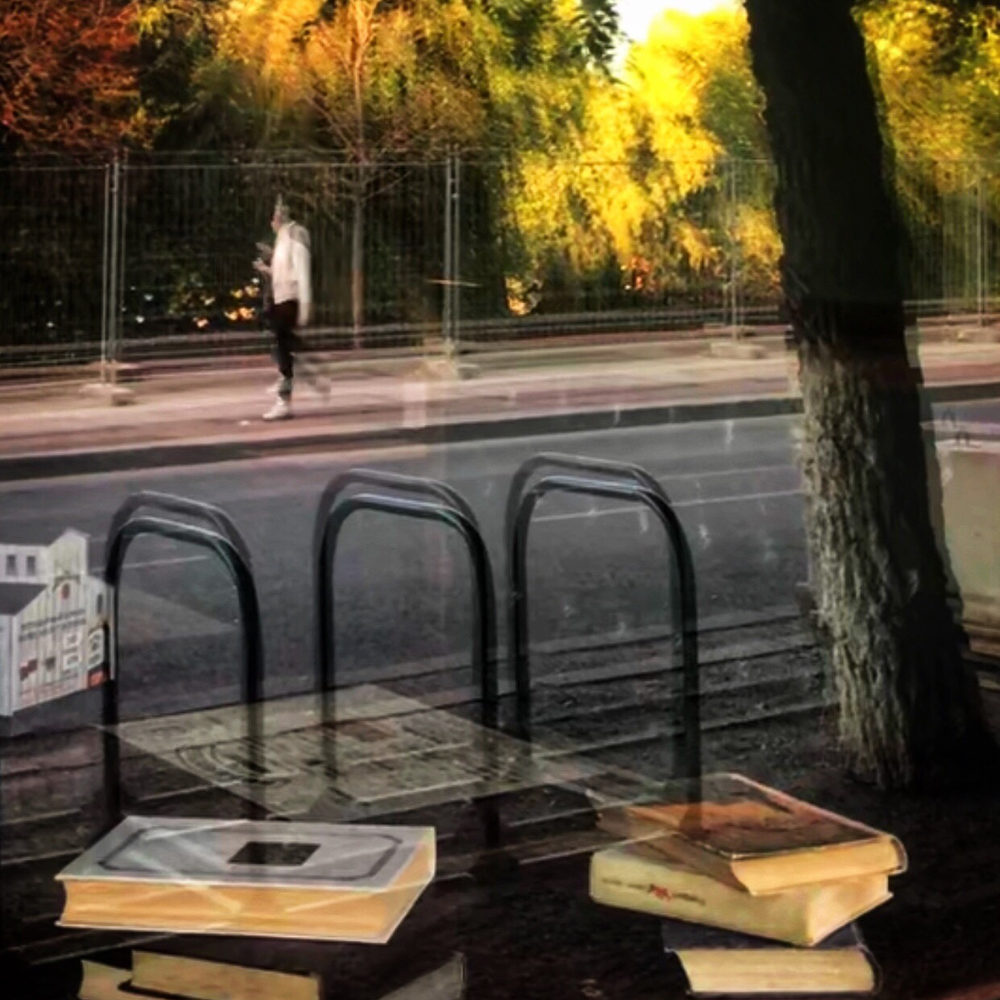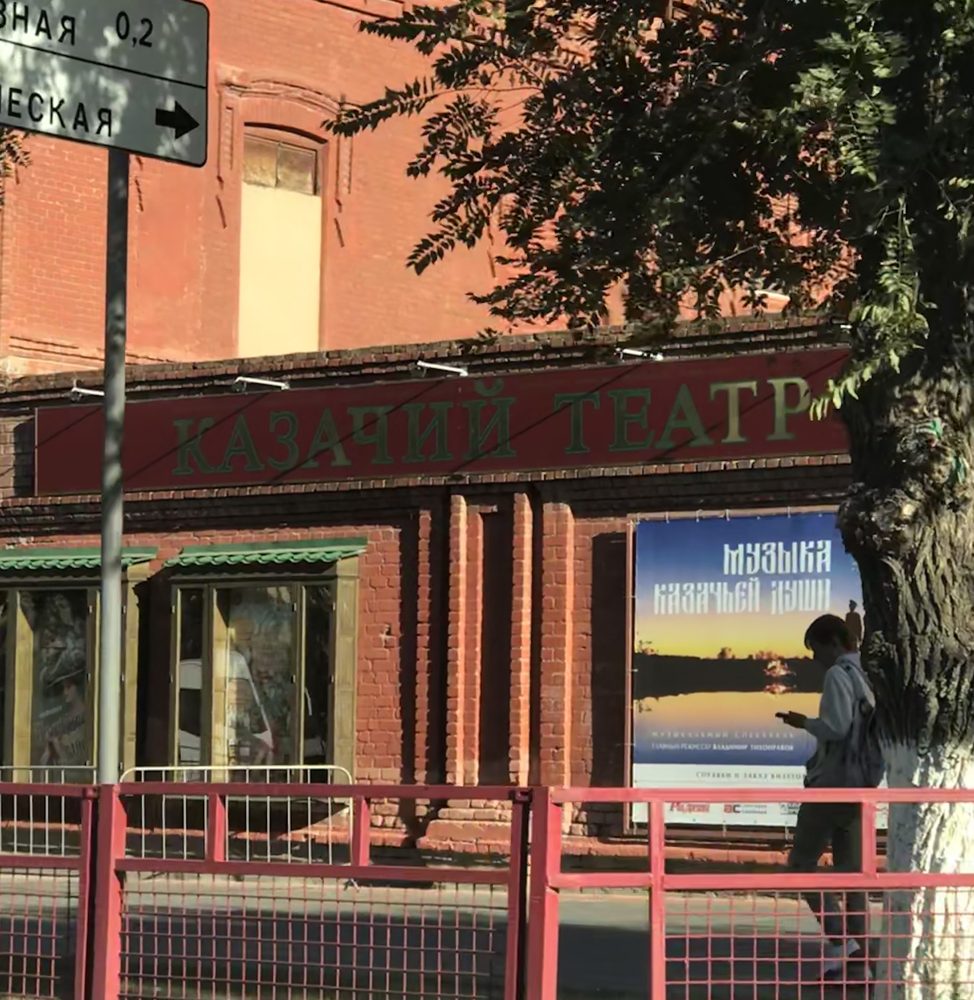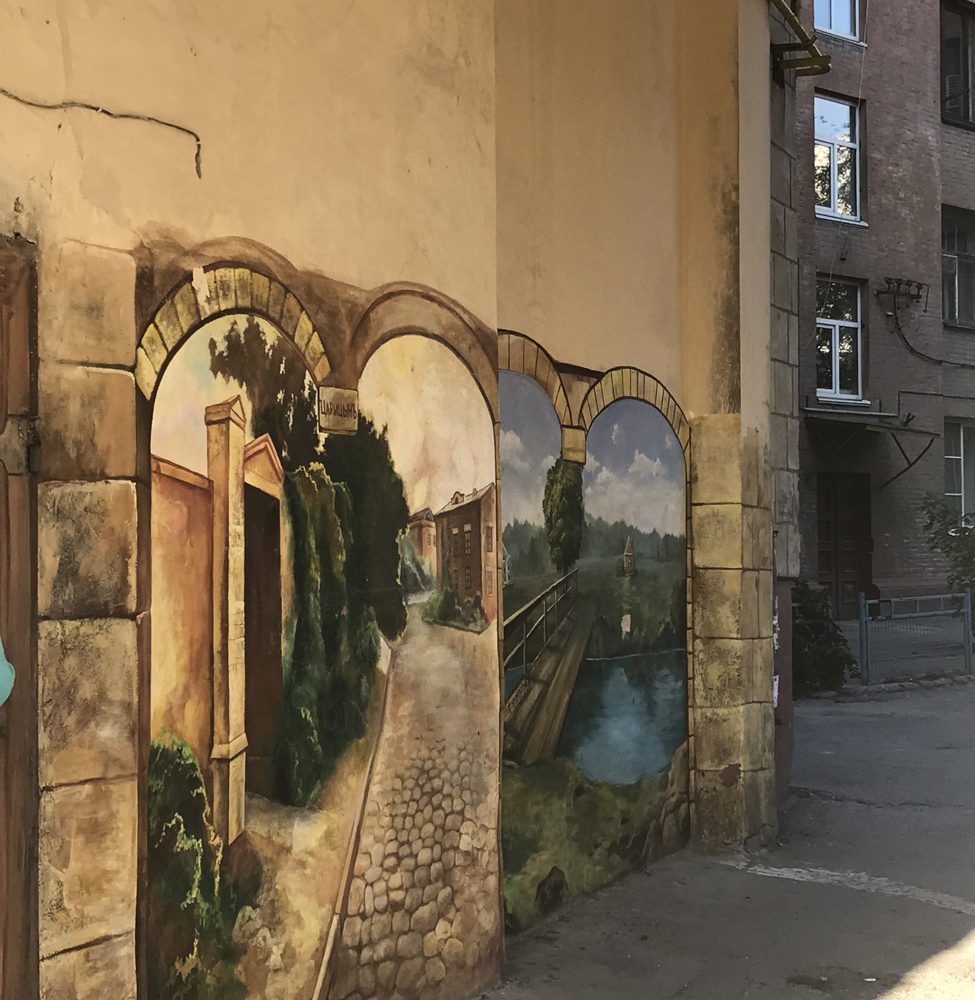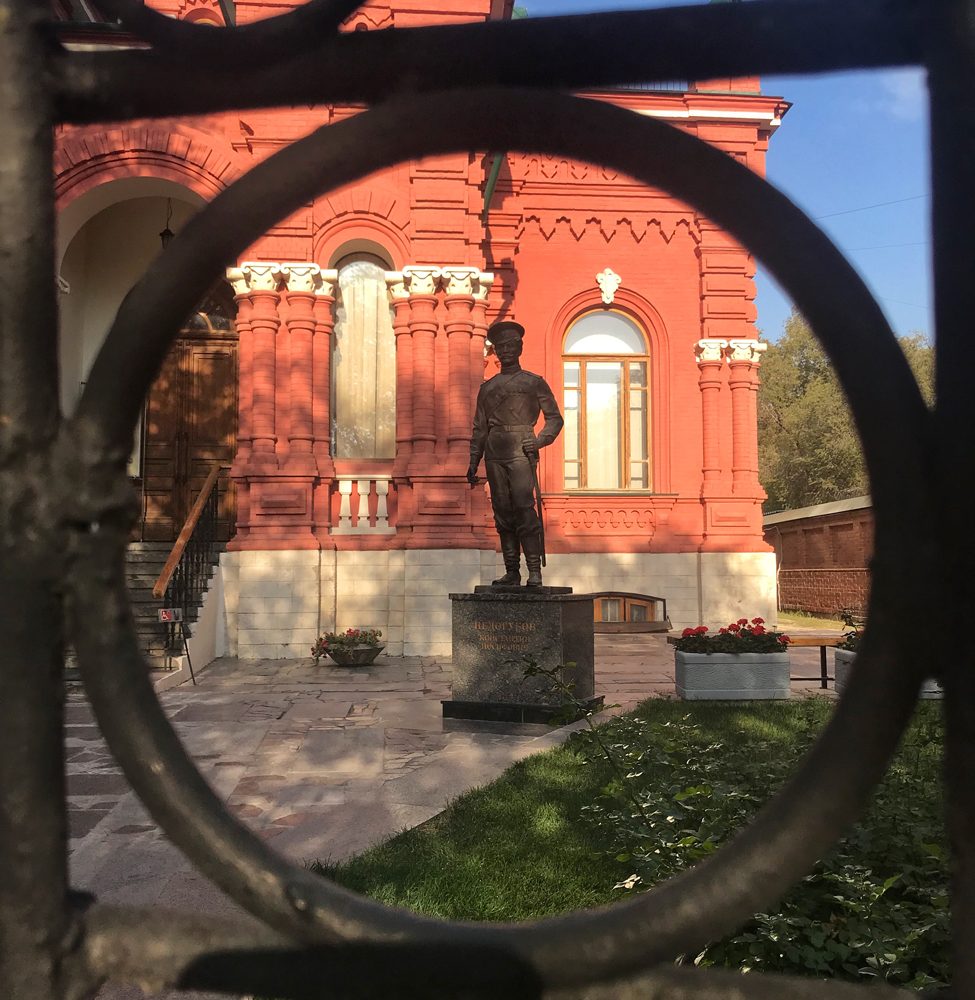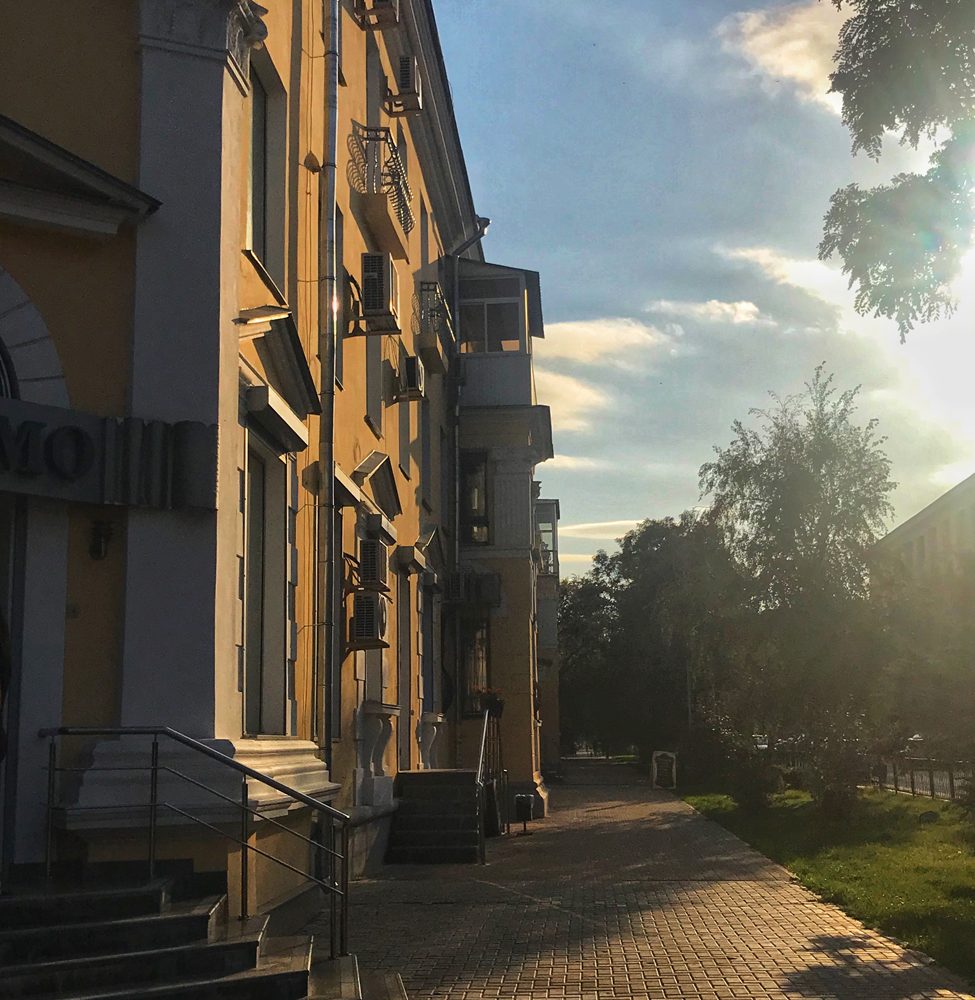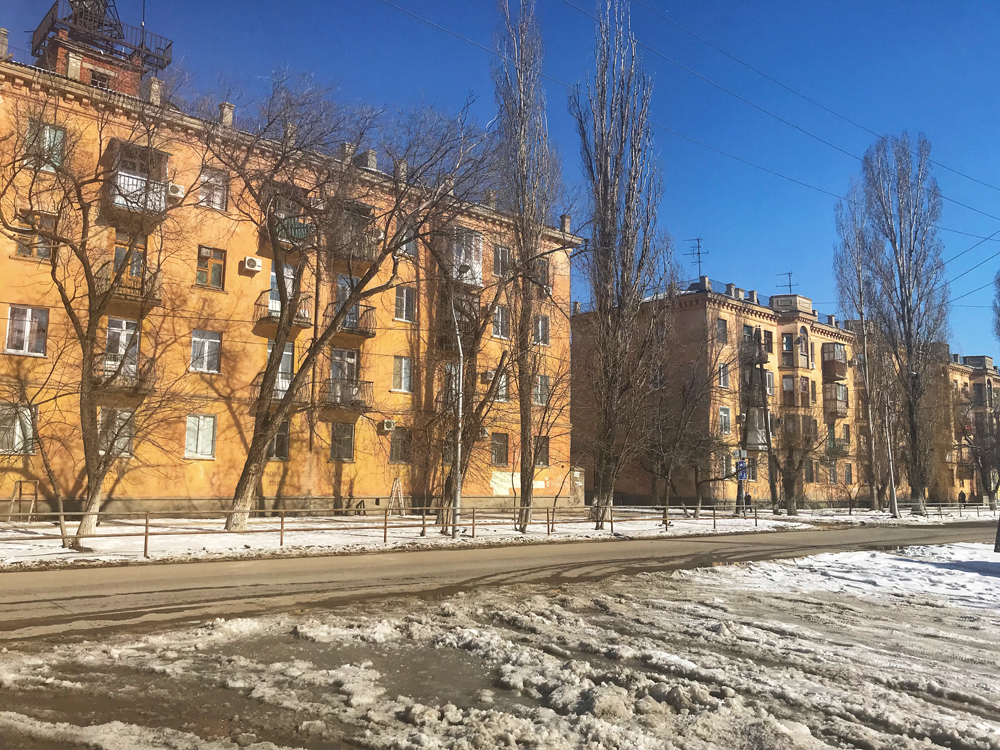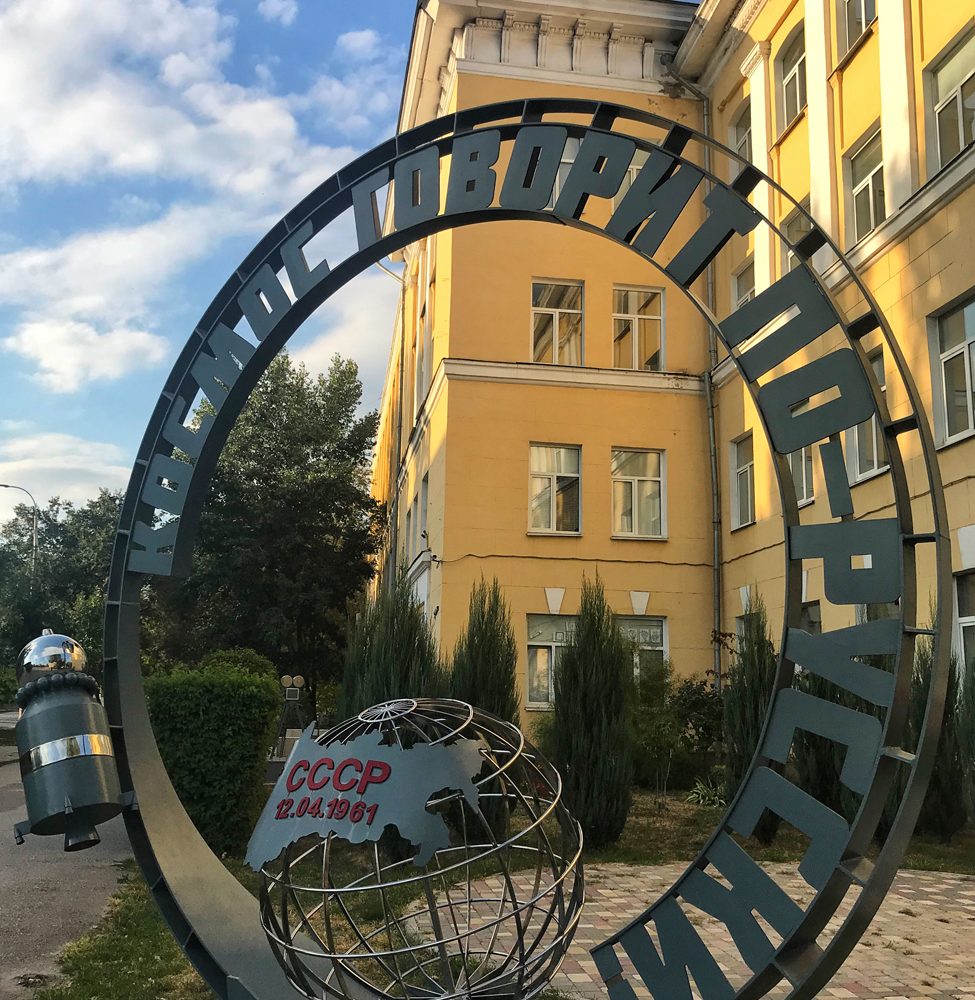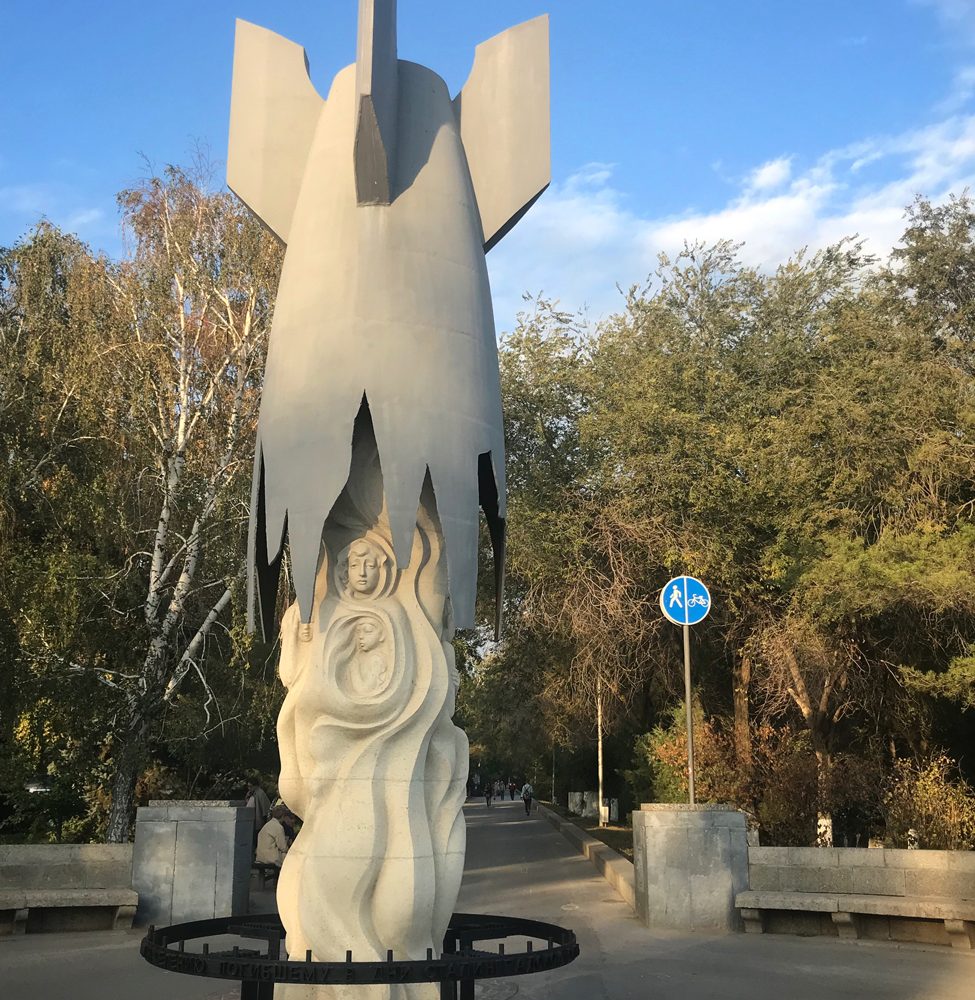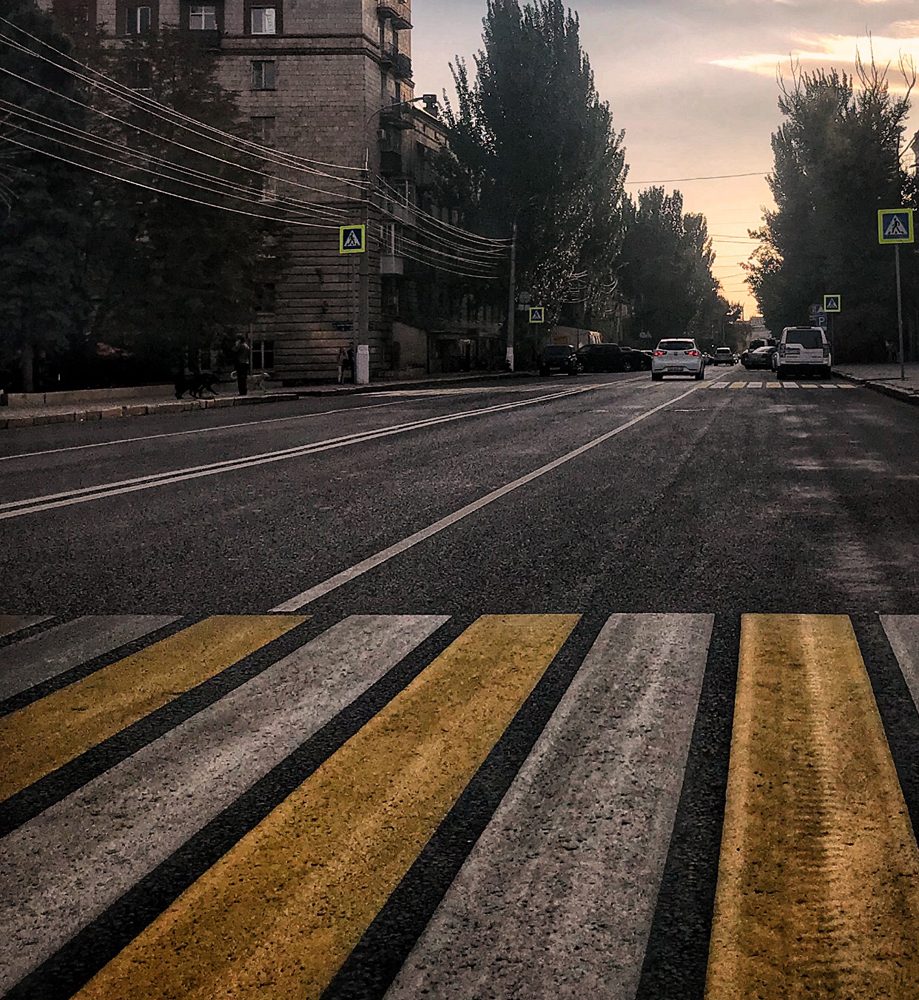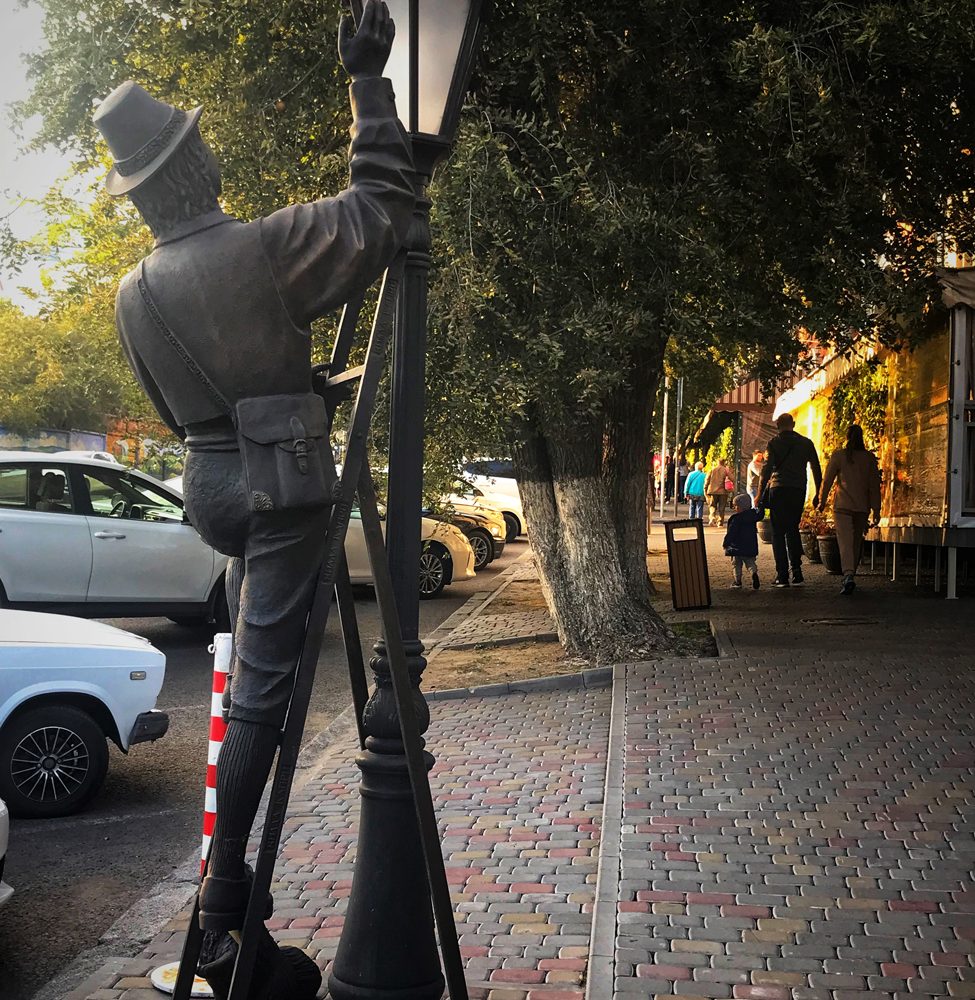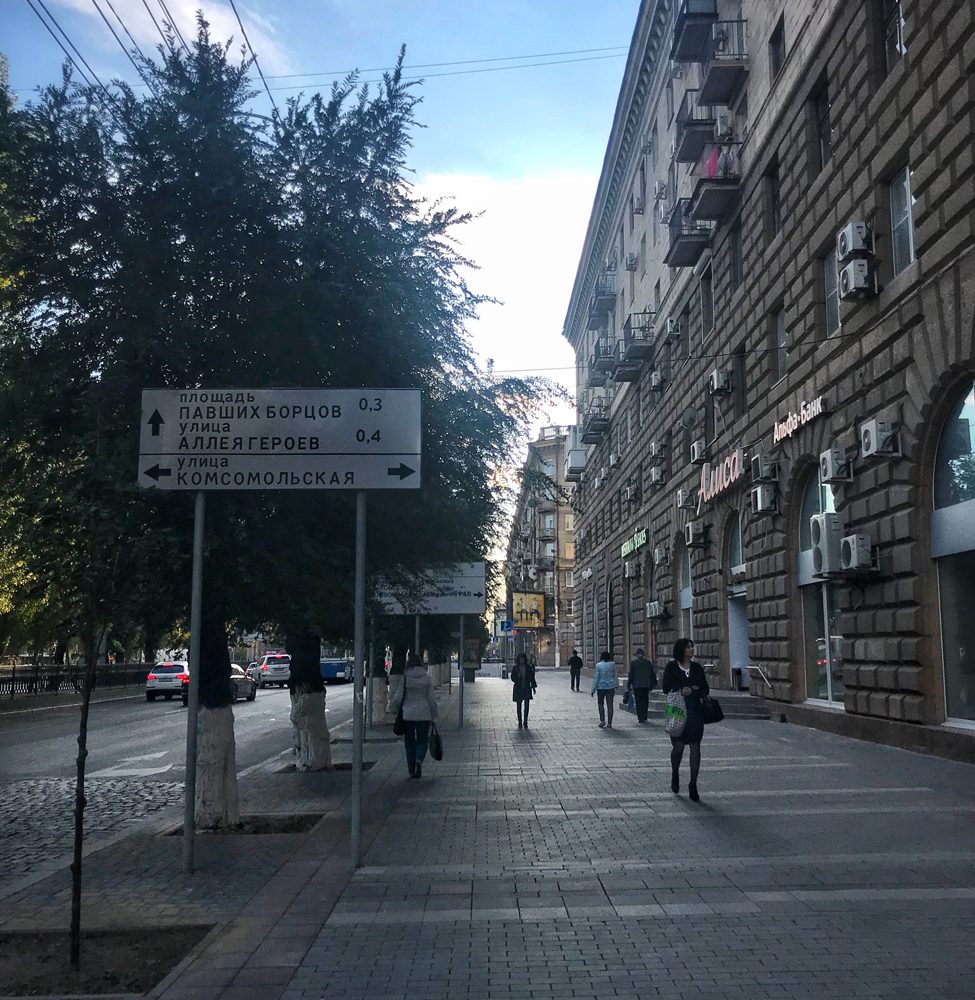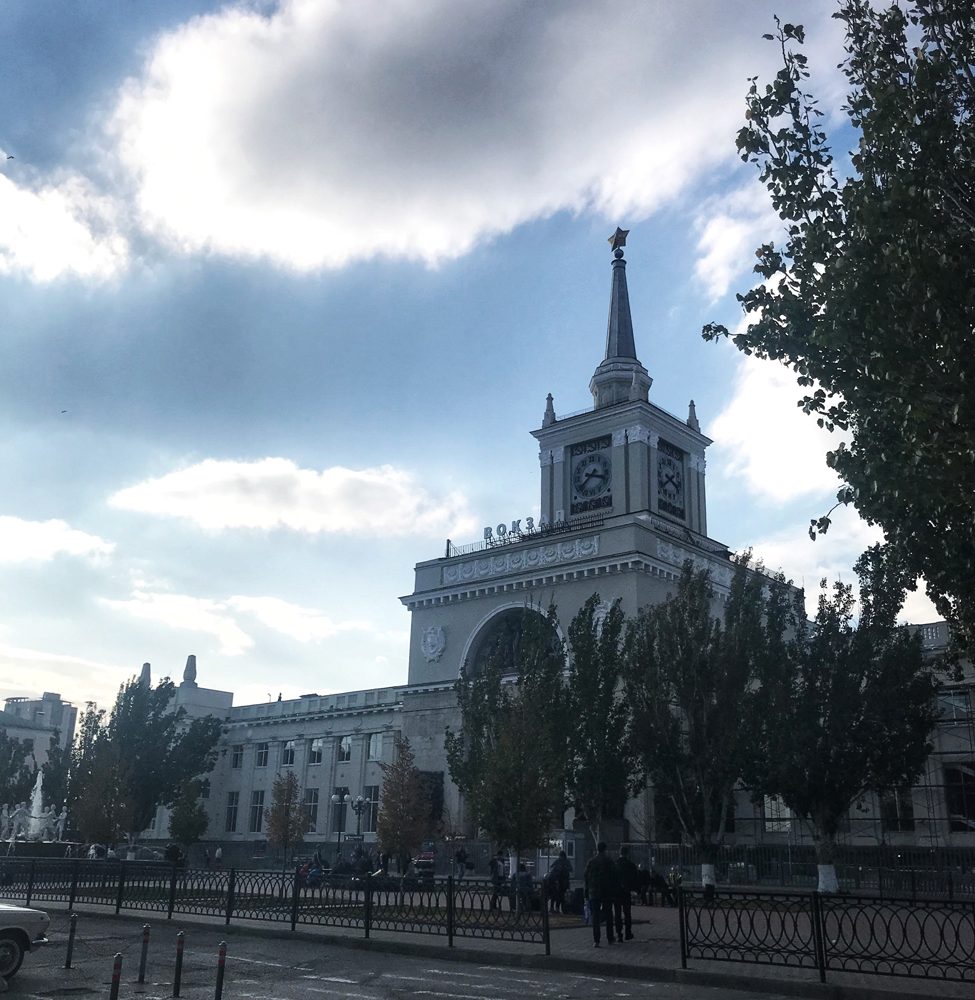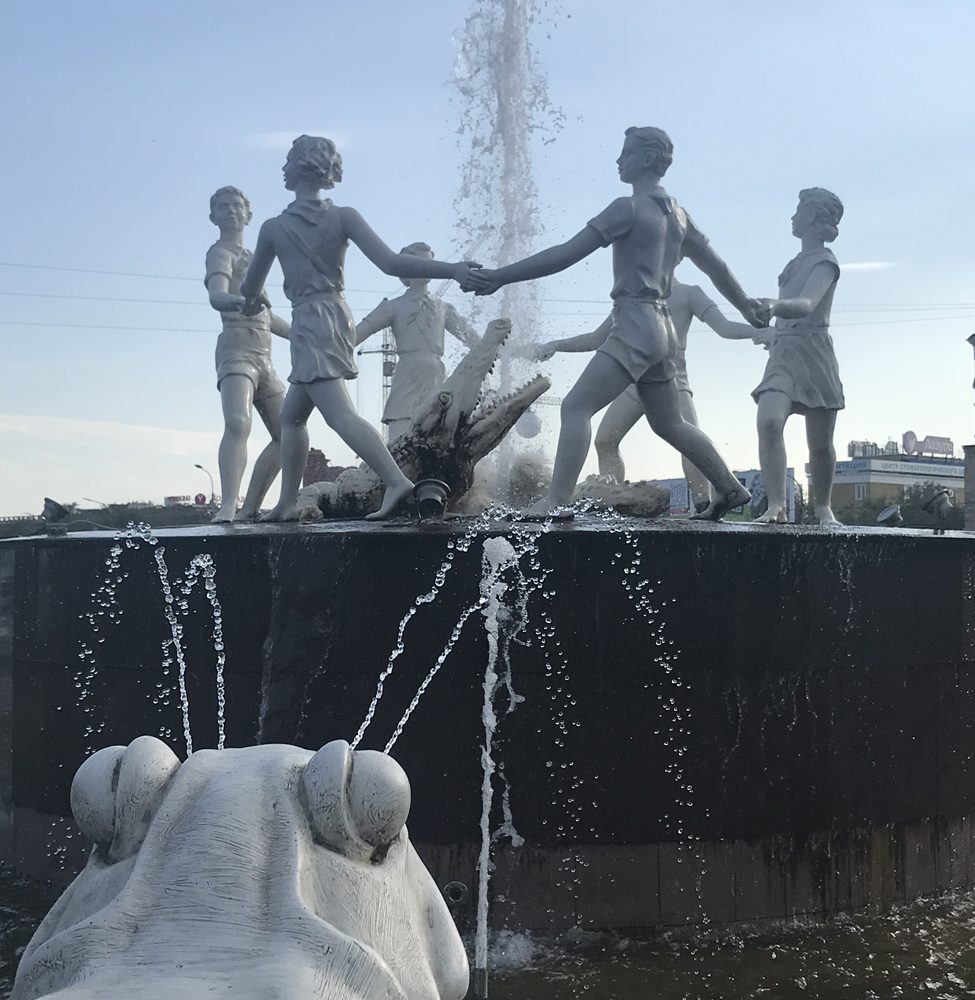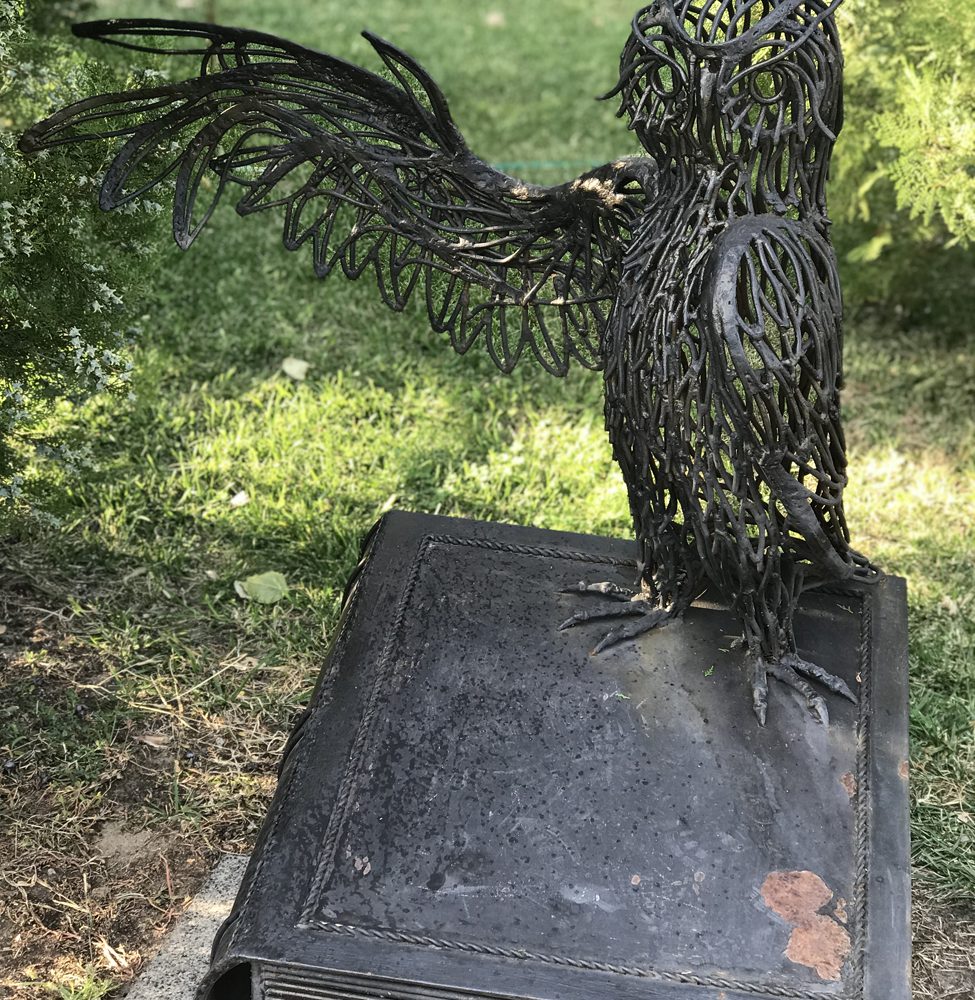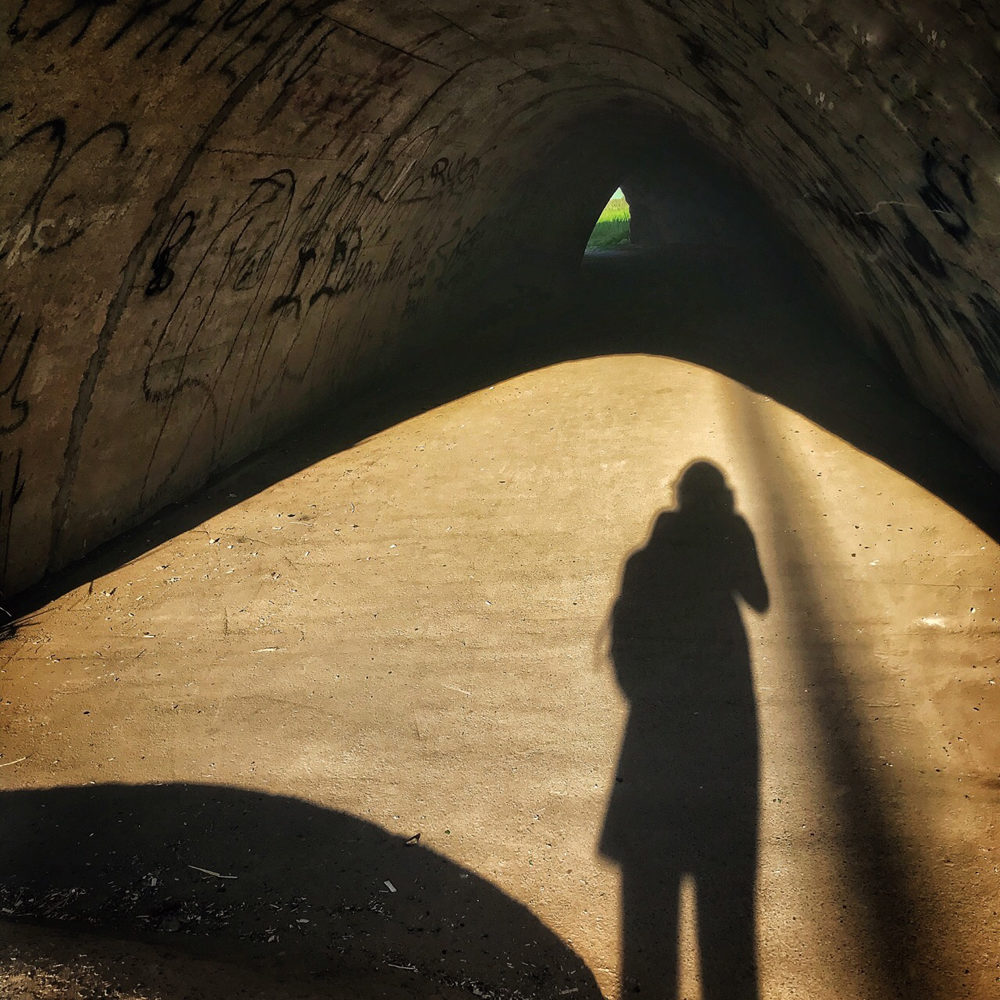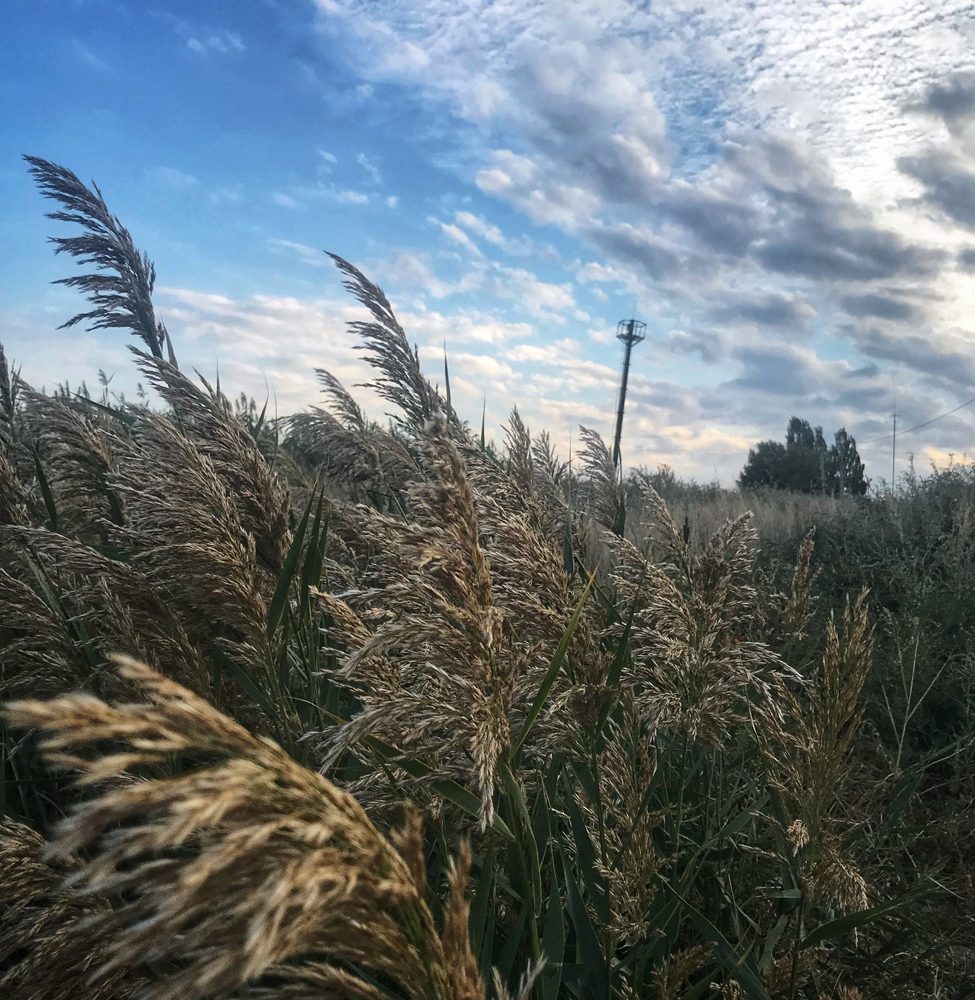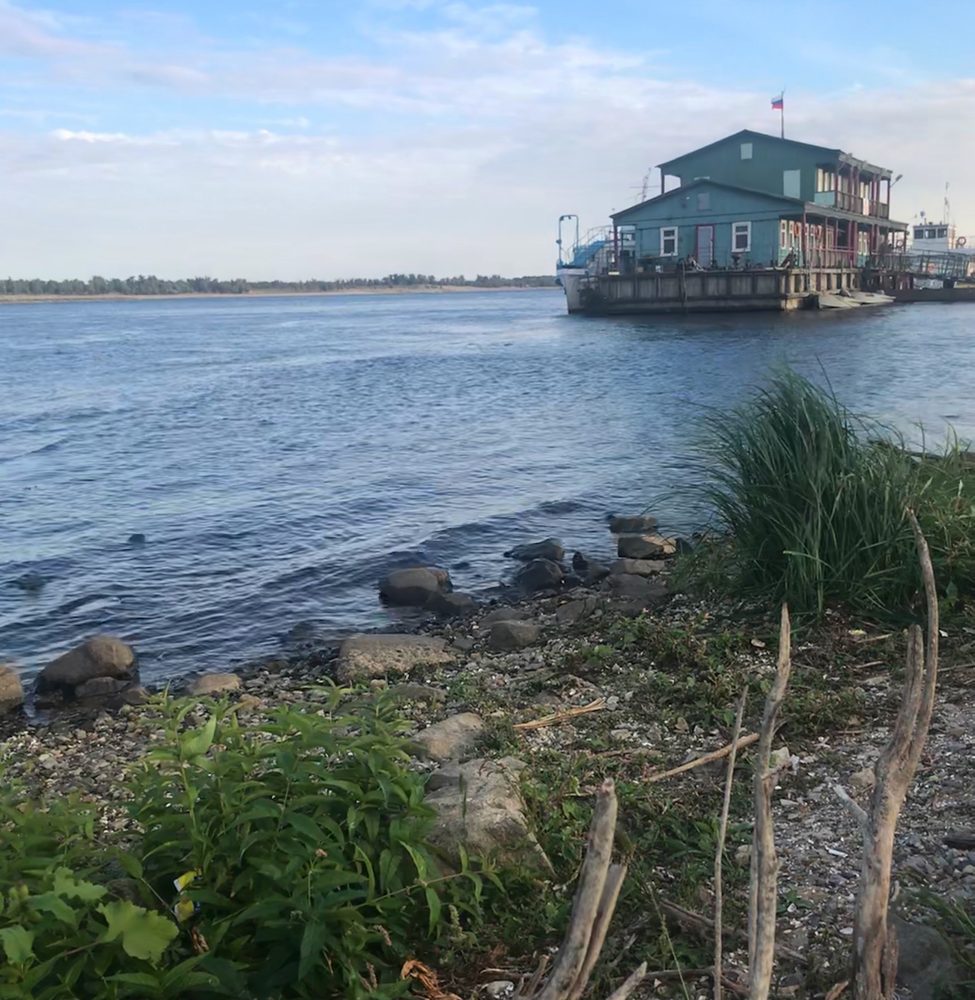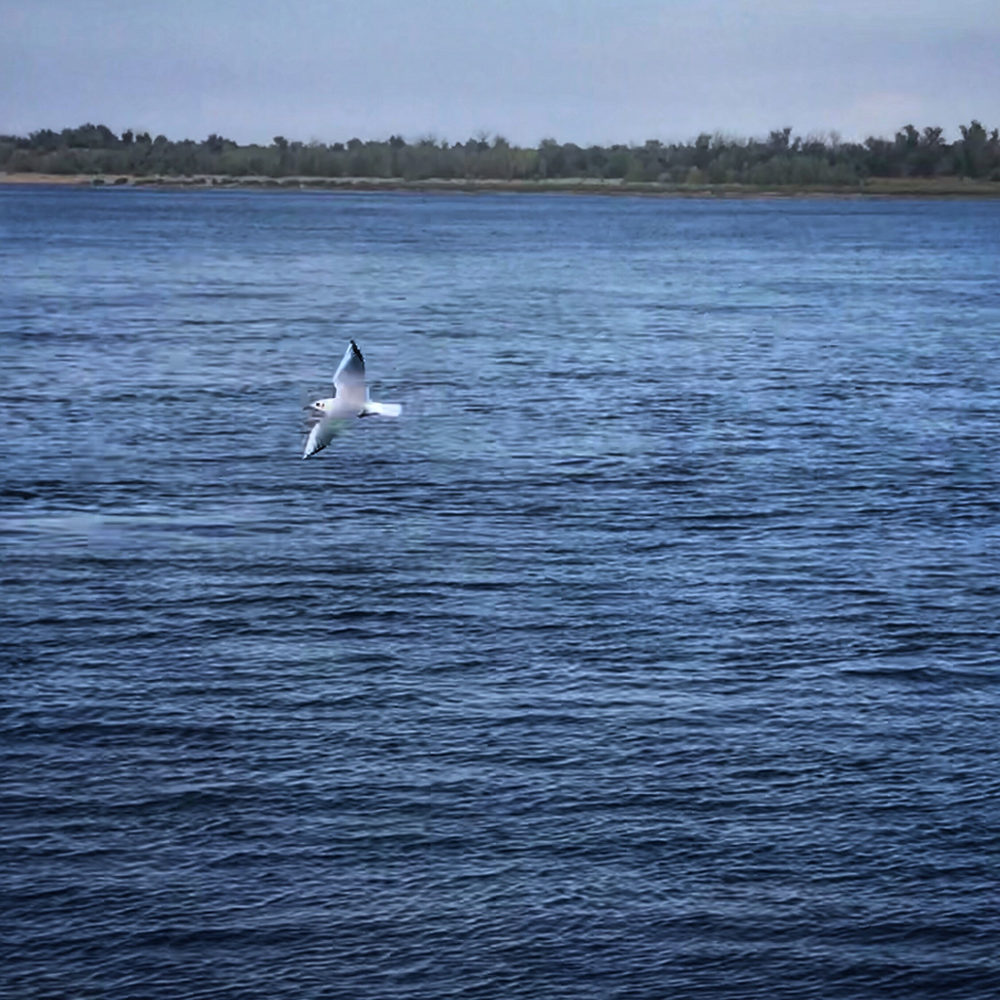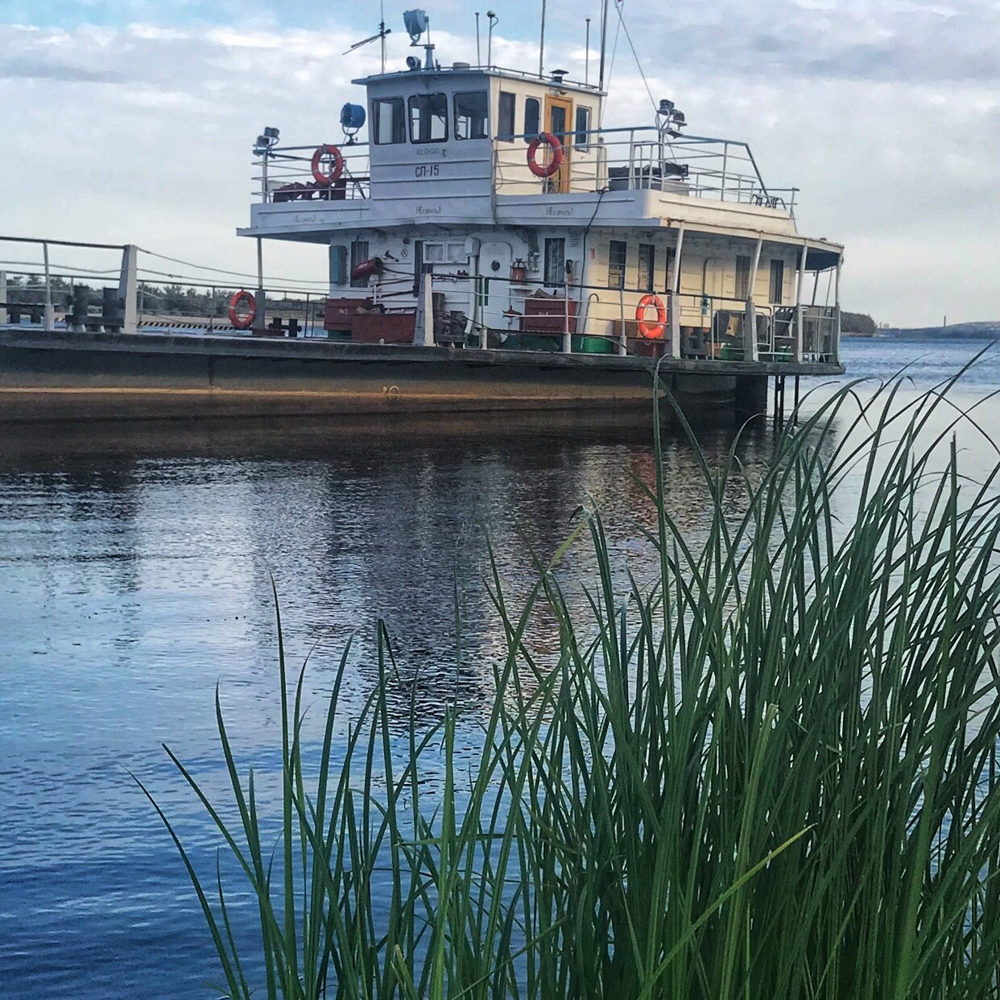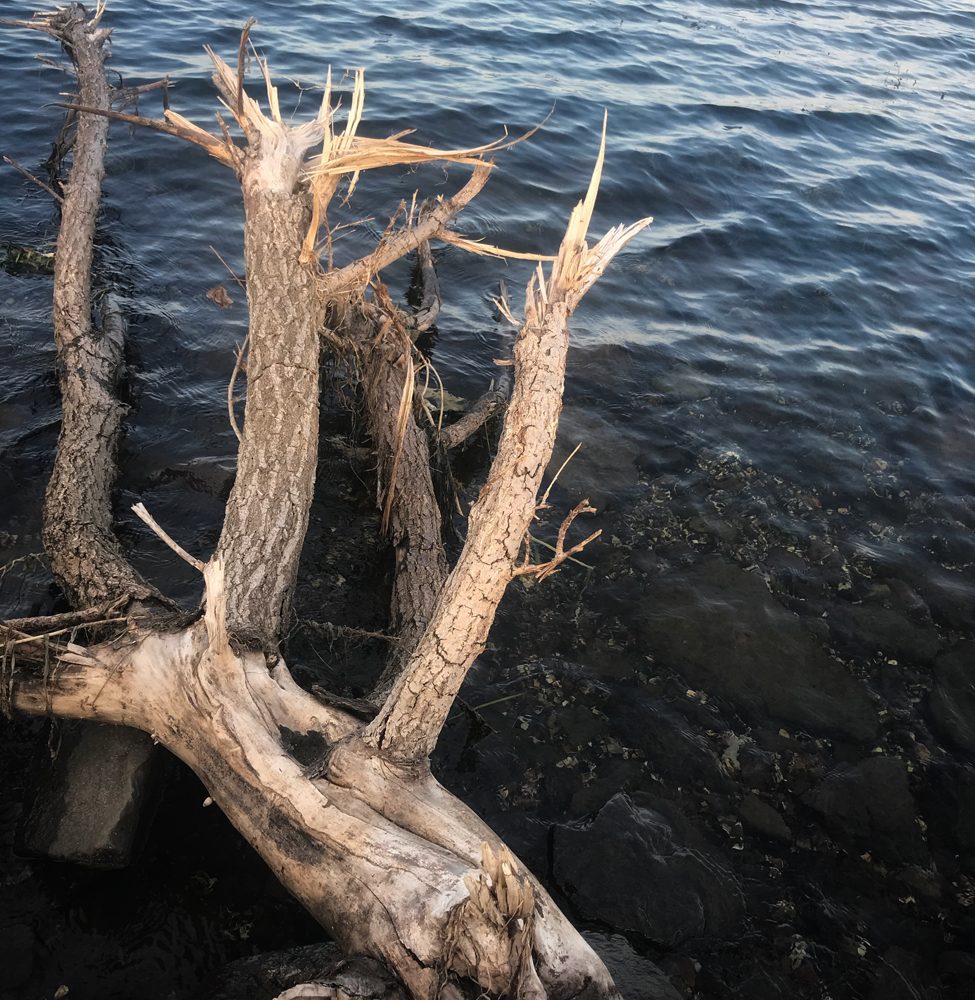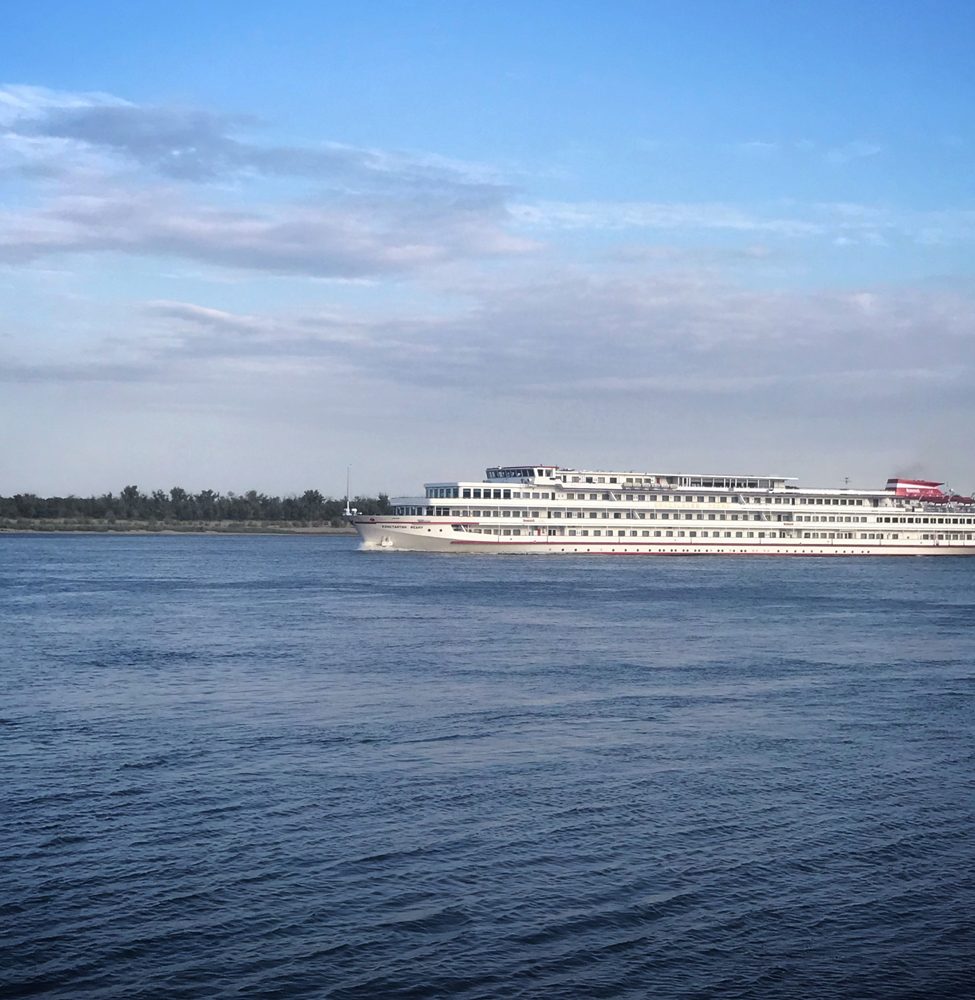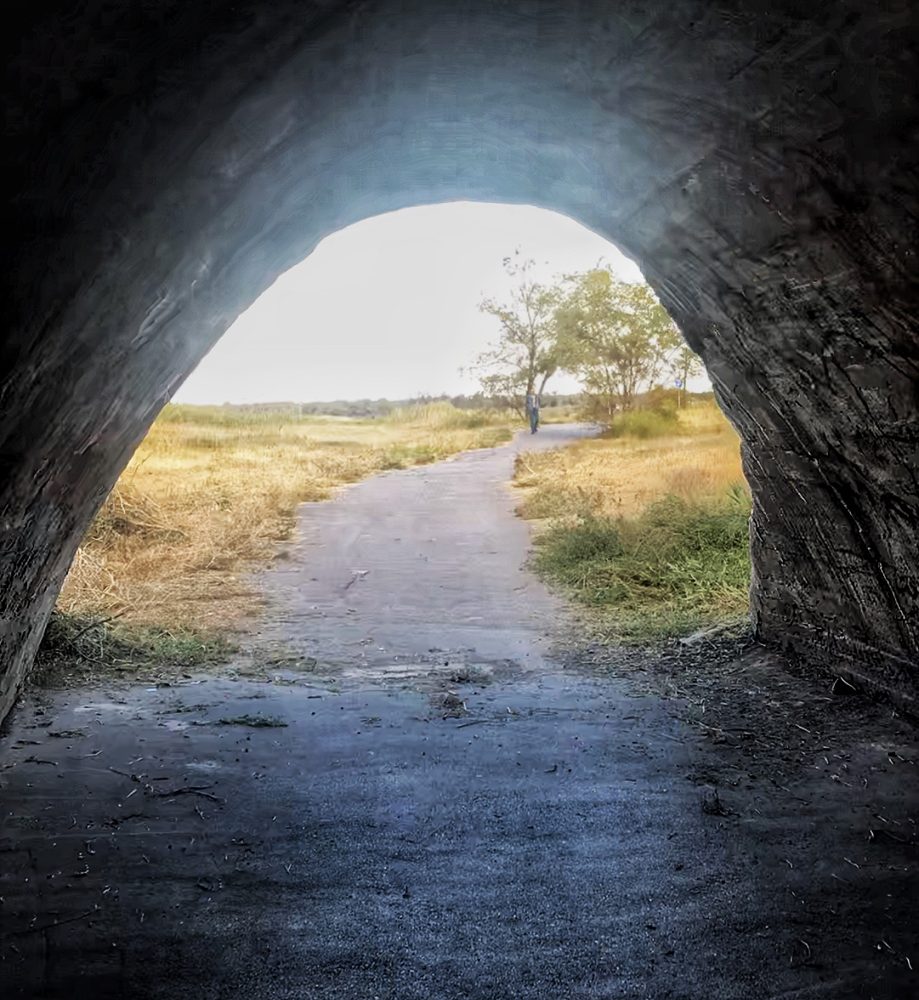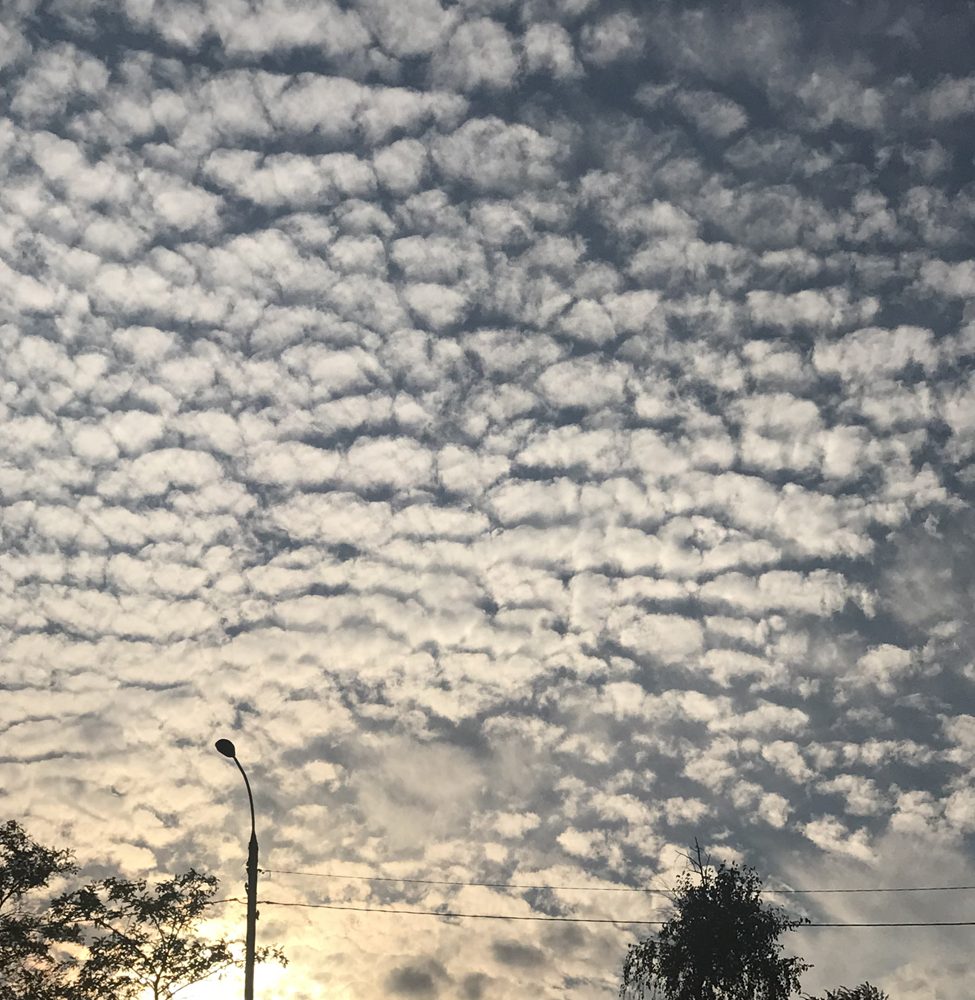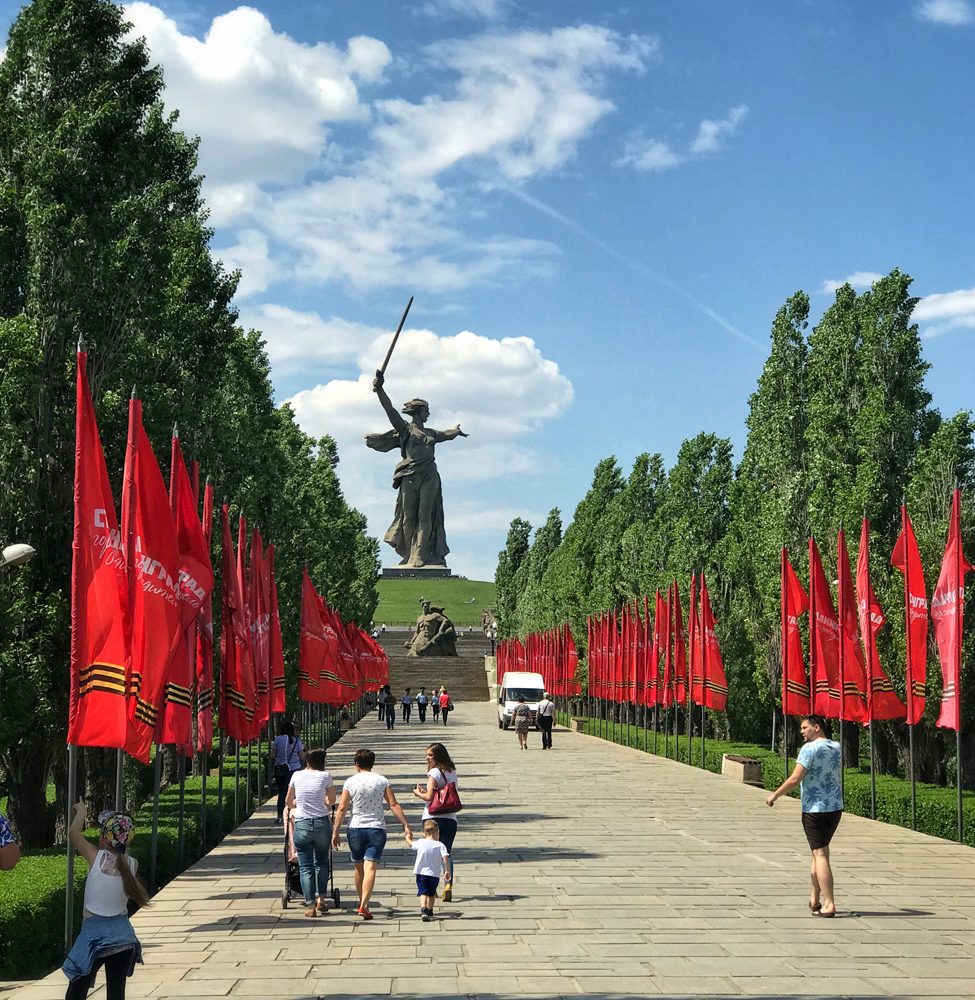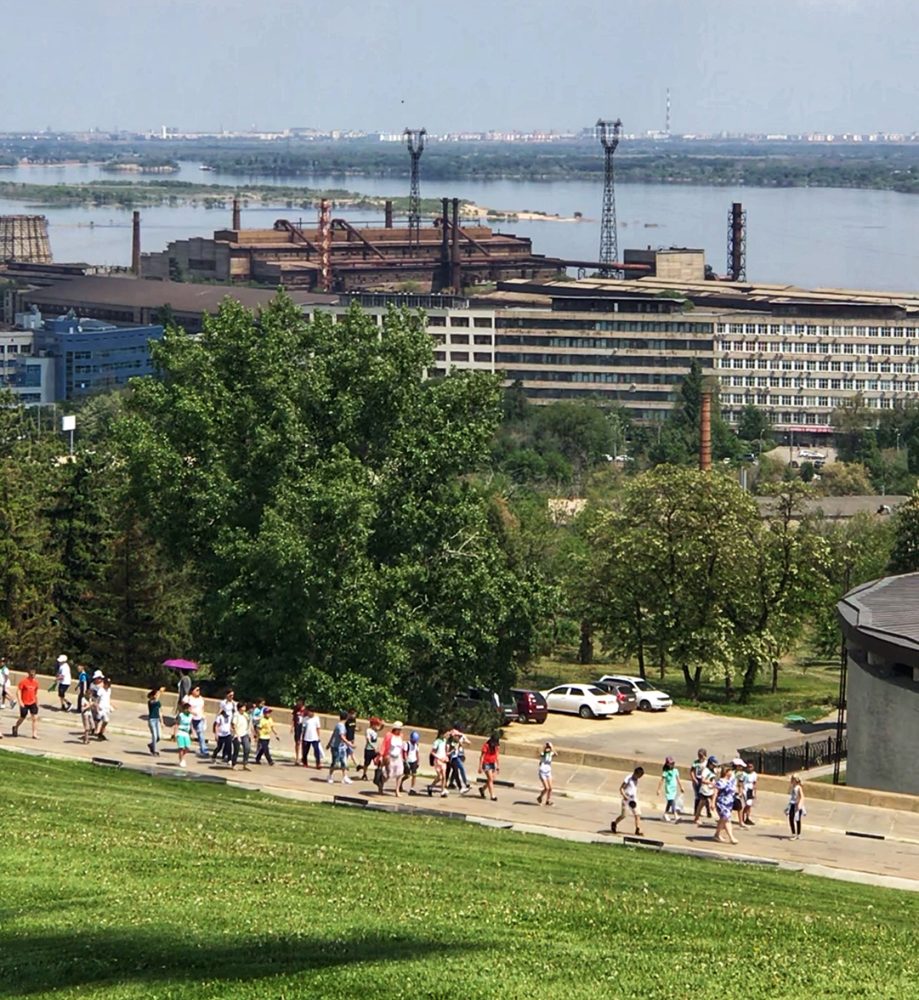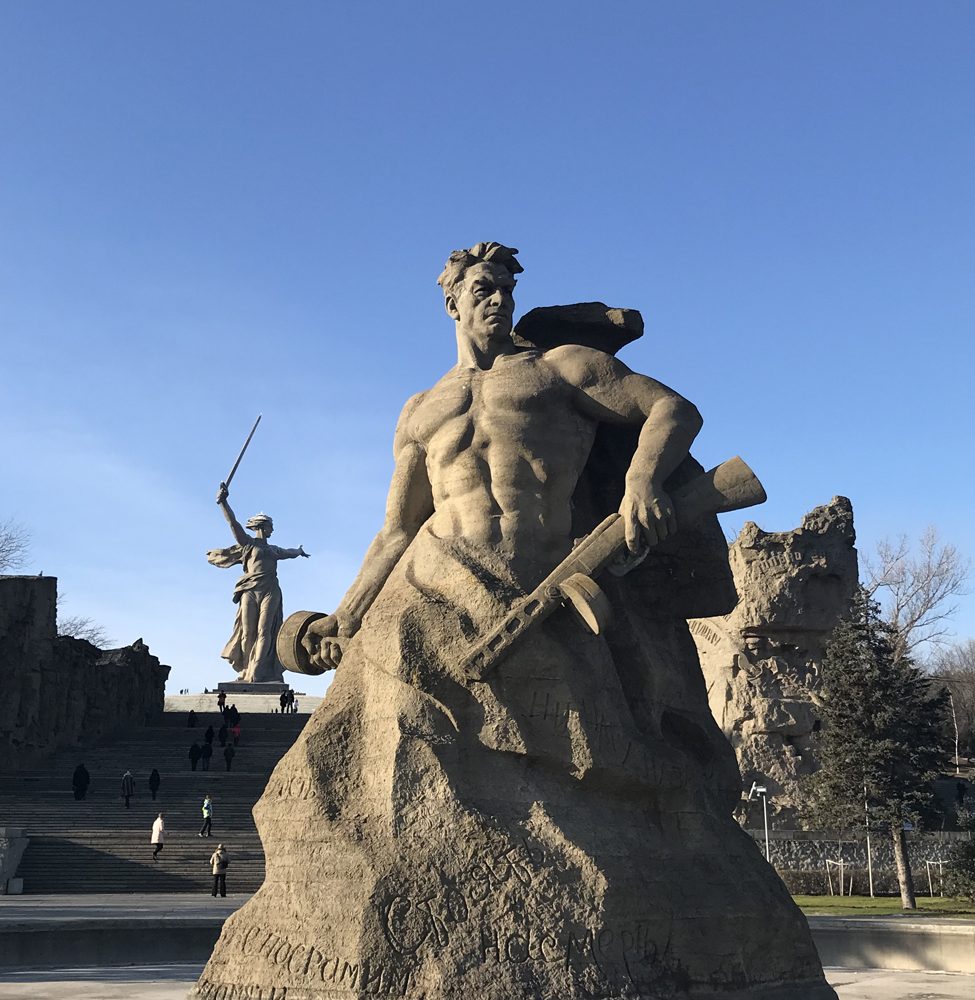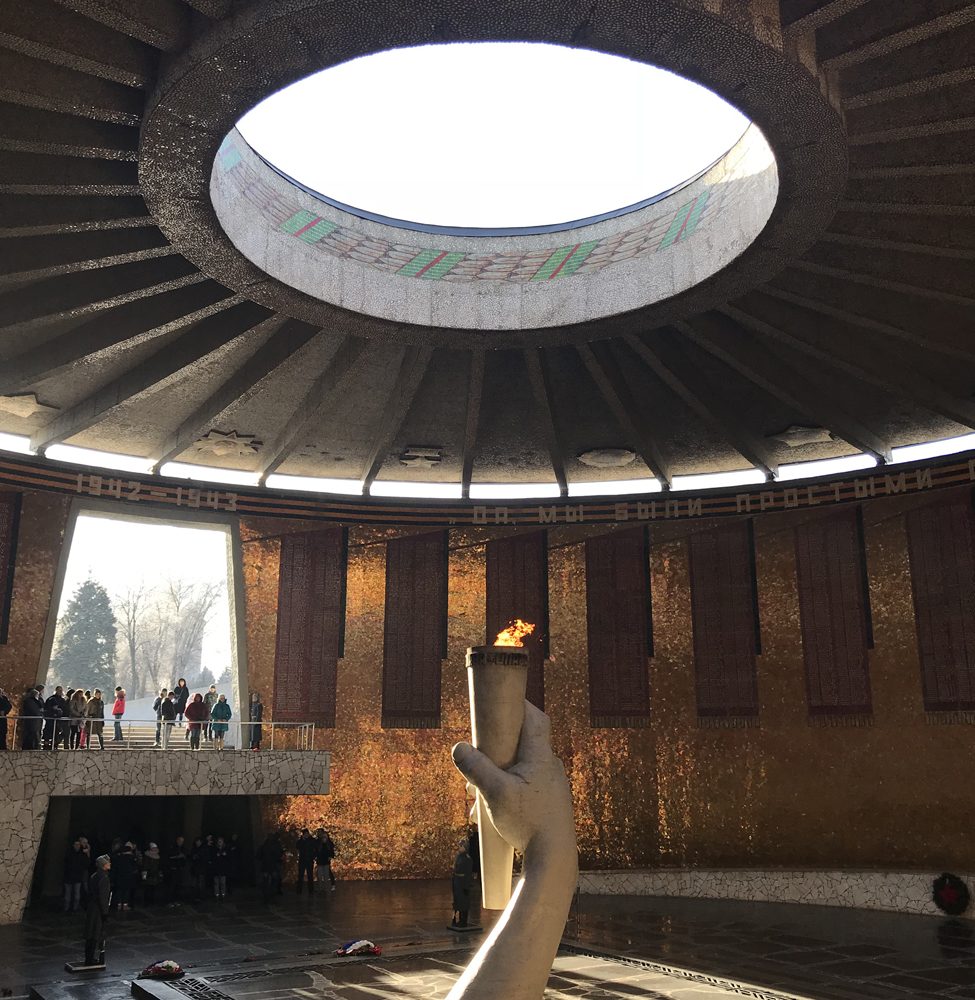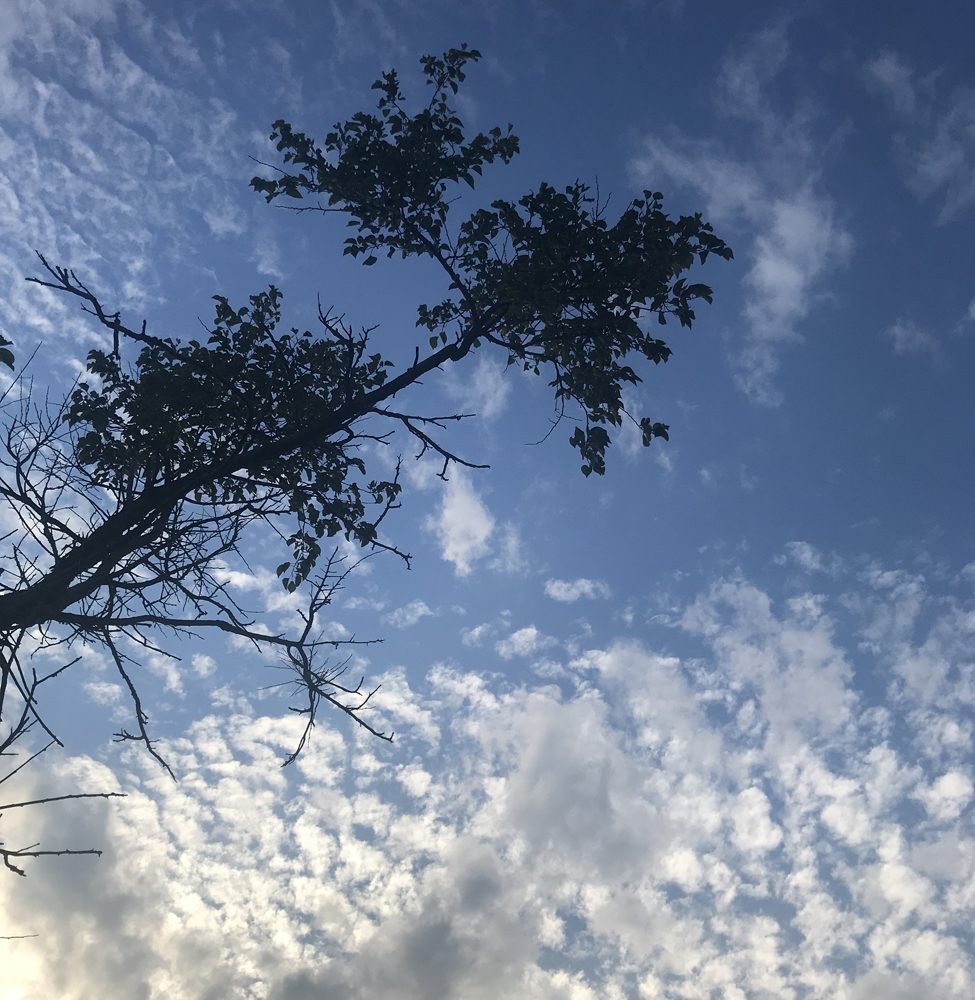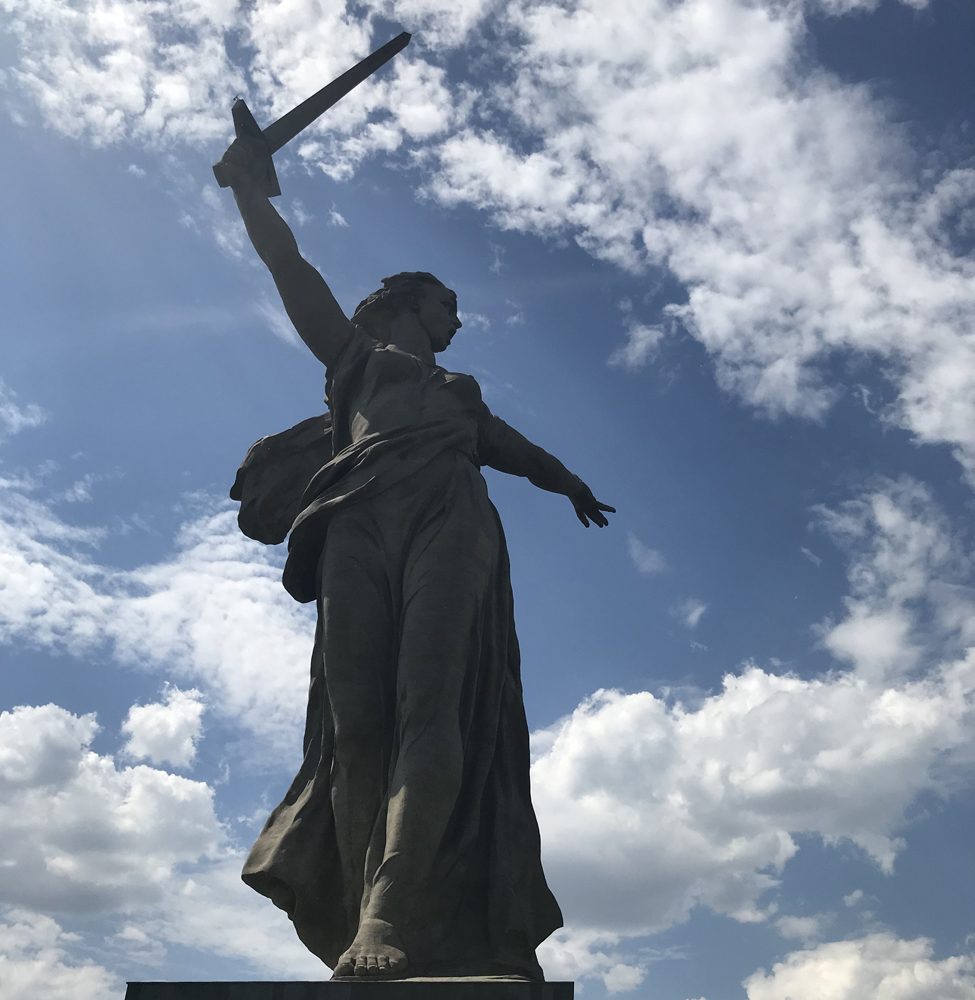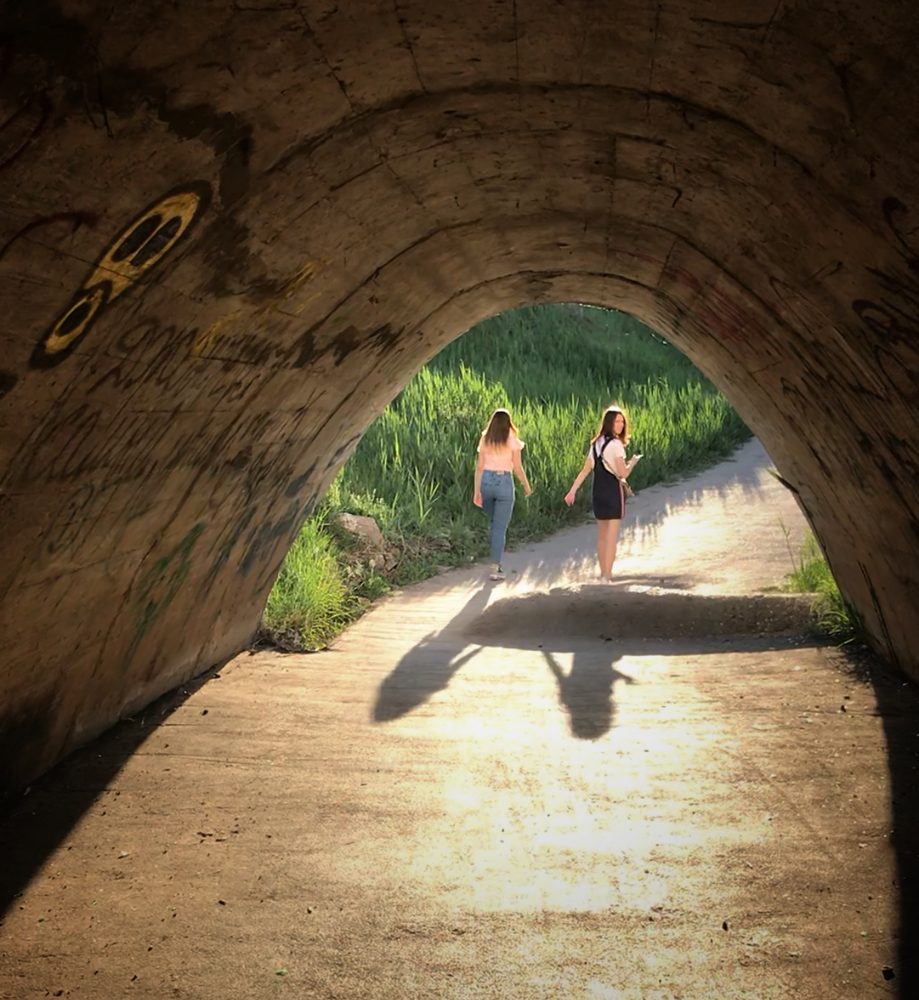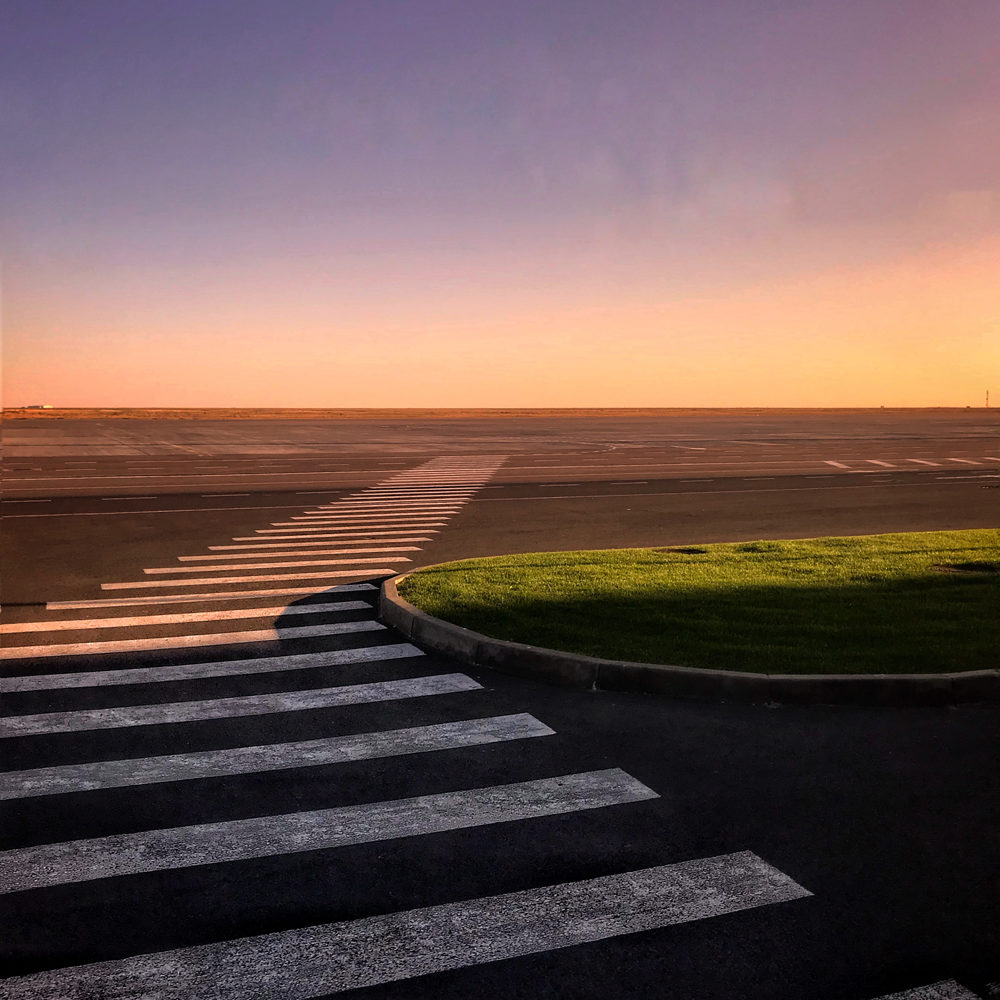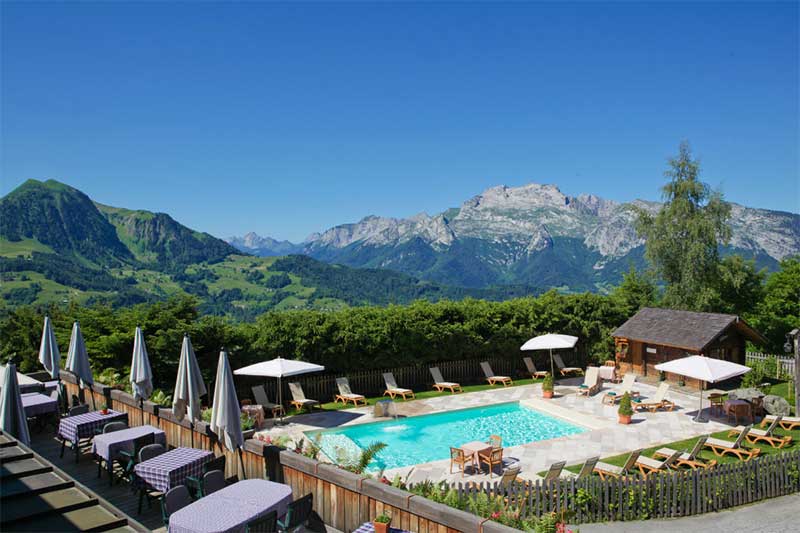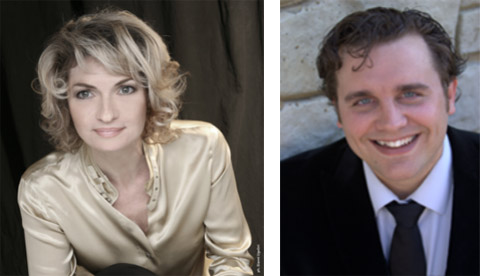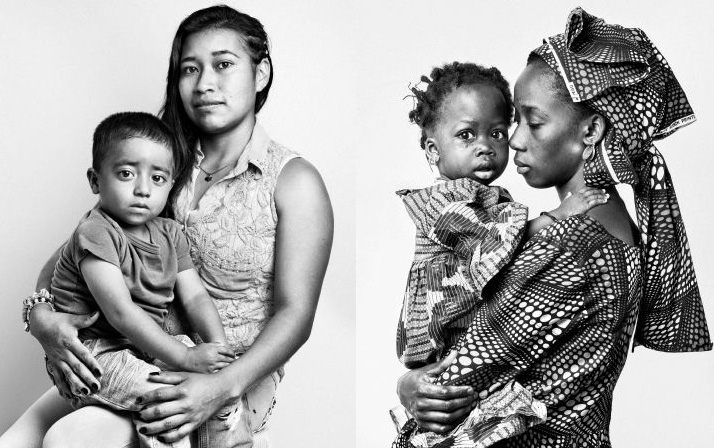Anna Pavlikovskaya : Volgograd, la ville dans laquelle je suis née, et vous montrer à quoi elle ressemble aujourd’hui.
Aujourd’hui, jour de la célébration de la victoire de la Russie de la 2ème guerre mondiale, je voudrai vous parler un peu de Volgograd, la ville dans laquelle je suis née, et vous montrer à quoi elle ressemble aujourd’hui.
Volgograd, appelée Stalingrad de 1925 à 1961, s’est avérée l’épicentre d’une bataille dévastatrice pendant la Grande Guerre Patriotique. La ville a été complètement détruite. Toutes les entreprises, bâtiments historiques et résidentiels ont été dévasté au cours de cette bataille acharnée.
Les principaux combats ont eu lieu sur Mamai Kurgan, une colline surplombant la Volga. Un lieu hautement stratégique pour gagner la bataille.
La bataille de Stalingrad a duré 200 jours entre 1942-43 et s’est terminée par la victoire de l’armée soviétique le 2 février 1943. Cette bataille est considérée comme le tournant de la Seconde Guerre mondiale, mais son bilan est lourd : 650 000 soldats, morts au combat…Aujourd’hui, Mamai Kurgan est un lieu de mémoire et de deuil…
Et sur le site de ces douloureux combats, le mémorial «Aux héros de la bataille de Stalingrad» a été érigé, avec son monument principal «Motherland is Calling». C’est une statue de 49 mètres, personnifiant la femme, la mère, la terre appelant ses fils pour la protéger et pleurant la perte de chaque soldat, de chaque fils, de chaque mari, de chaque épouse.
A chaque fois que je visite ce mémorial, mes yeux se remplissent de larmes. Là, vous prenez conscience, que nous devons nous souvenir de notre passé, pour avoir un avenir durable.
Que s’est-il passé après la guerre?
Après la guerre, la ville a été reconstruite assez rapidement. Bien sûr, dans ces années affamées de l’après-guerre, peu d’attention a été accordée à la beauté architecturale. L’économie était en déclin et les logements pour les gens devaient être construit rapidement. Par conséquent, à Volgograd, il n’y a pratiquement plus de belles maisons et d’édifices, que vous pourriez admirer …
Heureusement, il y a la Volga d’une beauté incroyable, large et navigable. La ville s’étend sur 90 à 100 kms et est considérée à juste titre comme l’une des «plus longues» villes de Russie et d’Europe.
Ma maman dit souvent : «Pourquoi construire de cette façon? Les villes doivent être rondes et pratiques. », et je ne peux qu’être d’accord avec elle. Pour se rendre d’un endroit à l’autre à pied, cela est pratiquement impossible.
Dans les années soviétiques de l’après-guerre, Volgograd était l’une des plus grandes villes industrielles de l’Union Soviétique. Ses usines de construction de machines, de raffinage de pétrole, de métallurgie, de chimie, de construction de tracteurs et d’autres usines fonctionnaient à pleine capacité. Un climat ensoleillé a contribué à la prospérité de l’agriculture et de la pêche dans la région. Des fruits, des légumes, du poisson de Volgograd étaient aussi livrés dans un certain nombre d’autres régions. La ville se développa considérablement, et la vie y battait son plein…
Mais que s’est-il passé ensuite?
Tout a changé pendant la période de la perestroïka et plus loin dans les années 90. Presque toutes les grandes entreprises industrielles ont fait faillite et ont dû fermé. Malheureusement, peu de choses se sont améliorées depuis. Aujourd’hui, la ville avec son million d’habitants souffre du chômage, de dépression et d’apathie générale. Les jeunes, incapables de trouver un emploi décent, quittent Volgograd pour la capitale ou d’autres villes russes à la recherche d’une vie meilleure.
Mais j’aimerai tellement que mon inconfortable, pas si belle, mais tellement bien-aimé Volgograd redevienne riche, florissante, prospère et heureuse! Et qu’aujourdh’ui en montant sur la roue de l’observatoire, on puisse dire “C’est génial de vivre ici et de sourire au soleil!”
Anna Pavlikovskaya : Volgograd
A CITY ON THE VOLGA FOREVER IN MY HEART by Anna Pavlikovskaya
Today, on the day of Celebrating Russia’s victory in the 2nd World War I’d like to tell you a bit about Volgograd, the city I was born in, and to show you what it’s like today.
Volgograd, called Stalingrad from 1925 to 1961, turned out the epicenter of a devastating battle during the Great Patriotic War (the Russian name of World War II). The city was almost completely destroyed in the horrible battle – its enterprises, historical sights, 90% of all residential houses…
The main battles were fought on Mamai Kurgan, a hill on the right bank of the river Volga. From up there the city was clearly visible, so capturing that strategic height practically meant winning the battle.
The Stalingrad battle lasted for 200 days in 1942-43 and ended with the victory of the Soviet Army on February 2, 1943. This battle is considered to be the turning point of the whole Second World War, but its death toll was 650 thousand lives of Soviet soldiers…
Nowadays Mamai Kurgan is a place of memory and mourning…
Later, in the place of the fierce battle, the memorial “To the Heroes of the Stalingrad Battle was constructed with its main monument “Motherland Calling”. It’s a unique 49-meter statue, personifying the woman, the mother, the land calling her son sons to protect it and mourning the loss of each soldier, each son, each husband… Every time I visit this memorial my eyes fill with tears. There you become acutely aware that we must do our best to prevent any other war and violence, that we must remember our past in order to have a future…
What happened after the war?
After the war the city was rather quickly rebuilt. Of course, in those hungry post-war years little attention was paid to the architectural beauty… The economy had been destroyed, the people had to get roofs over their heads as quickly as possible… That’s why, sadly, now there are practically no elegant and beautiful buildings to admire in Volgograd…
However, there is the fantastically beautiful Volga, wide, actively navigated. So the city is actually stretched along it for 90 to 100 km and is rightfully considered to be one of the “longest” cities in both Russia and Europe.
My Mum used to say “Why build this way? Cities should be round and convenient.” And I can’t but agree with her. It’s really not too convenient when there are literally 2 or 3 streets deep inland, but getting from one place to another on foot is virtually impossible.
In the Soviet post-war years Volgograd was one of the biggest industrial cities in the Soviet Union, its machine-building, oil-refining, metallurgical, chemical, tractor-building and other plants worked at full capacity. The warm sunny climate was favourable for agriculture and fishing. Volgograd’s fruits, vegetables, fish and other products were sent to a number of other regions.
The city was constantly developing, life was in full swing…
But what happened next?
Next came Perestroika and the 90-ies, and everything changed. Almost all the enterprises were shut down, went bankrupt or drastically cut their production.
Unfortunately, not much has improved since that time.
Today the city with its one-million population is suffering from unemployment, depression and general apathy. Young people, unable to find a decent job, are Volgograd for the capital or other Russian cities in search of a better life…
But I so much want my inconvenient, not so beautiful, but so much beloved Volgograd to become rich, flourishing, prosperous and happy again! So that going up on the Observation Wheel (there are actually even two of those) one could say – how great it is to live here and smile at the Sun!
Anna Pavlikovskaya : Volgograd
ГОРОД НА ВОЛГЕ, КОТОРЫЙ ВСЕГДА СО МНОЙ Анна Павликовская
Сегодня, в день празднования Россией 75 годовщины Победы во Второй Мировой войне, я хочу немного рассказать о Волгограде, городе в котором я родилась, и показать какой же он сейчас.
Волгоград, именуемый Сталинградом в период с 1925 по 1961 годы, оказался эпицентром кровавой битвы во время Великой Отечественной войны. Город был полностью разгромлен в ходе ожесточенных сражений, уничтожены все предприятия, исторические здания и около 90 процентов всех жилых домов.
Основные сражения велись на Мамаевом Кургане, на возвышенности на правом берегу реки Волга. Отсюда, с высоты, хорошо просматривался весь город, и поэтому занять эту стратегическую высоту практически означало выиграть всё сражение.
Сталинградская битва длилась 200 дней в период 1942-1943 годов и закончилась победой советских войск 2 февраля 1943 года. Эта битва считается поворотным моментом во Второй Мировой войне, но она унесла с собой 650 тысяч жизней советских солдат…
Сейчас Мамаев Курган это место памяти и скорби.
Здесь, на месте бывшего сражения, выстроен мемориальный комплекс «Героям Сталинградской битвы» с его главным монументом «Родина-мать зовёт». Это уникальная скульптура высотой 49 метров, олицетворяющая женщину, мать, страну, призывающую своих сыновей защитить землю и страдающую от потери каждого воина, сына, мужа.
Каждый раз, когда я посещаю этот мемориал, у меня на глазах наворачиваются слёзы. Здесь ты всегда остро осознаёшь, что мы должны сделать все, чтобы война и любое другое насилие больше не повторились, что мы должны помнить о прошлом, для того чтобы у нас было будущее.!!
Что было после войны?
А после войны город достаточно быстро отстроился заново. Конечно в те голодные послевоенные годы никто не задумывался о красоте архитектуры.. экономика была в упадке, да и жильё для людей нужно было возвести быстро… Поэтому в Волгограде практически нет красивых изящных домов и зданий, которыми можно было бы любоваться…
Есть необыкновенной красоты река Волга , широкая и судоходная. И вот вдоль неё и вытянулся Волгоград аж на 90 километров или даже 100 и сейчас по праву считается одним из самых протяжённых городов в России и Европе.
«Кто ж так строит?! Города должны быть круглыми и удобными», – говорила моя мама и я с ней согласна. И правда, не очень то удобно, когда в глубине всего 2-3 улицы… а добраться пешком из одного места в другое из района в другой пешком практически невозможно.
В советские послевоенные годы Волгоград являлся одним из крупнейших промышленных городов в Советском Союзе. машиностроительный, нефтеперерабатывающий металлургический химический тракторный и другие заводы работали на полную мощь. Благоприятный солнечный климат способствовал процветанию сельского хозяйства и рыболовства в регионе. Волгоградские фрукты, овощи, рыба отправлялись в том числе на прилавки магазинов в другие регионы.
Город развивался, жизнь бурлила.
Ну а что же стало потом?
К сожалению, все изменилось в период перестройки и далее в 90-х. Практически все основные промышленные предприятия закрылись, обанкротились, сократили своё производство.
С тех пор и по настоящее время мало что восстановилось или улучшилось.
Сейчас в городе с миллионным населением царит безработица, апатия, депрессия.
Молодые люди не могут найти достойную работу и уезжают в столицу и другие города России на поиски себя и лучшей жизни…
Мне очень хочется чтобы этот неудобный, не очень красивый, но любимый мой Волгоград вновь стал богатым и процветающим! И чтобы поднявшись вверх на колесе обозрения (а в городе их зачем-то целых два) можно было бы сказать – как здорово жить здесь и улыбнуться солнцу!
Anna Pavlikovskaya : Volgograd
A Voir aussi sur artsixMic :
A room with a view by Anna Pavlikovskaya and friends
The Hands of the Earth by Anna Pavlikovskaya
Anna Pavlikovskaya : A one week before…City and country side
Moscou sous la neige by Anna Pavlikovskaya
ANNA Pavlikovskaya-Photographie : La Russie d’aujourd’hui
Emile Gallé : Maître verrier, Maître de l’Art nouveau
Annecy Paysages : Interview et Reportage
¡ Viva Villa ! 2019 : La fin des forêts
Isabel Muñoz capture les mouvements, les mutations du corps humain et animal
Anne-Flore Cabanis : Installations, peintures, dessins à la Galerie Esther Woerdehoff
La Lou Carter Gallery : Un espace conçu par une artiste pour des artistes
Objectif Femme : l’événement photo qui met en lumière les photographes au féminin

